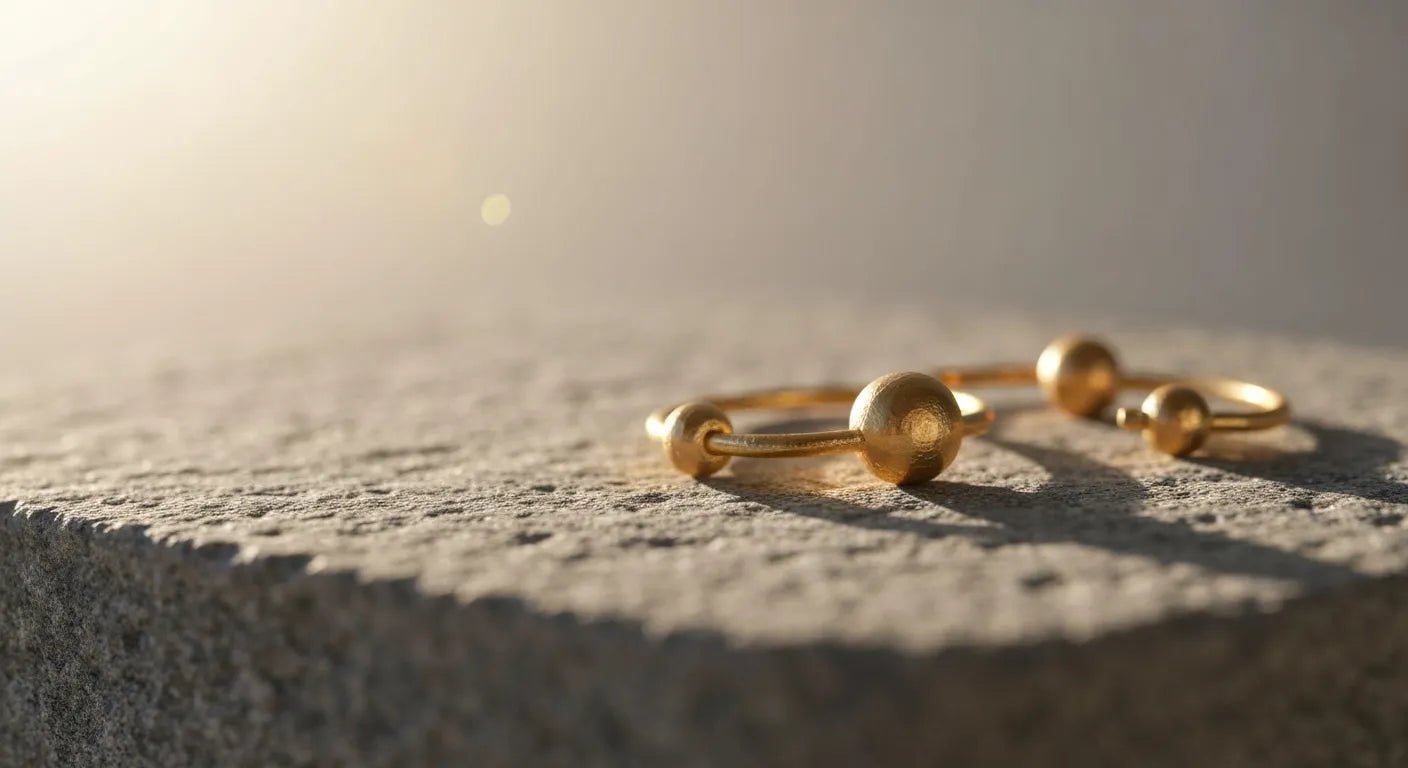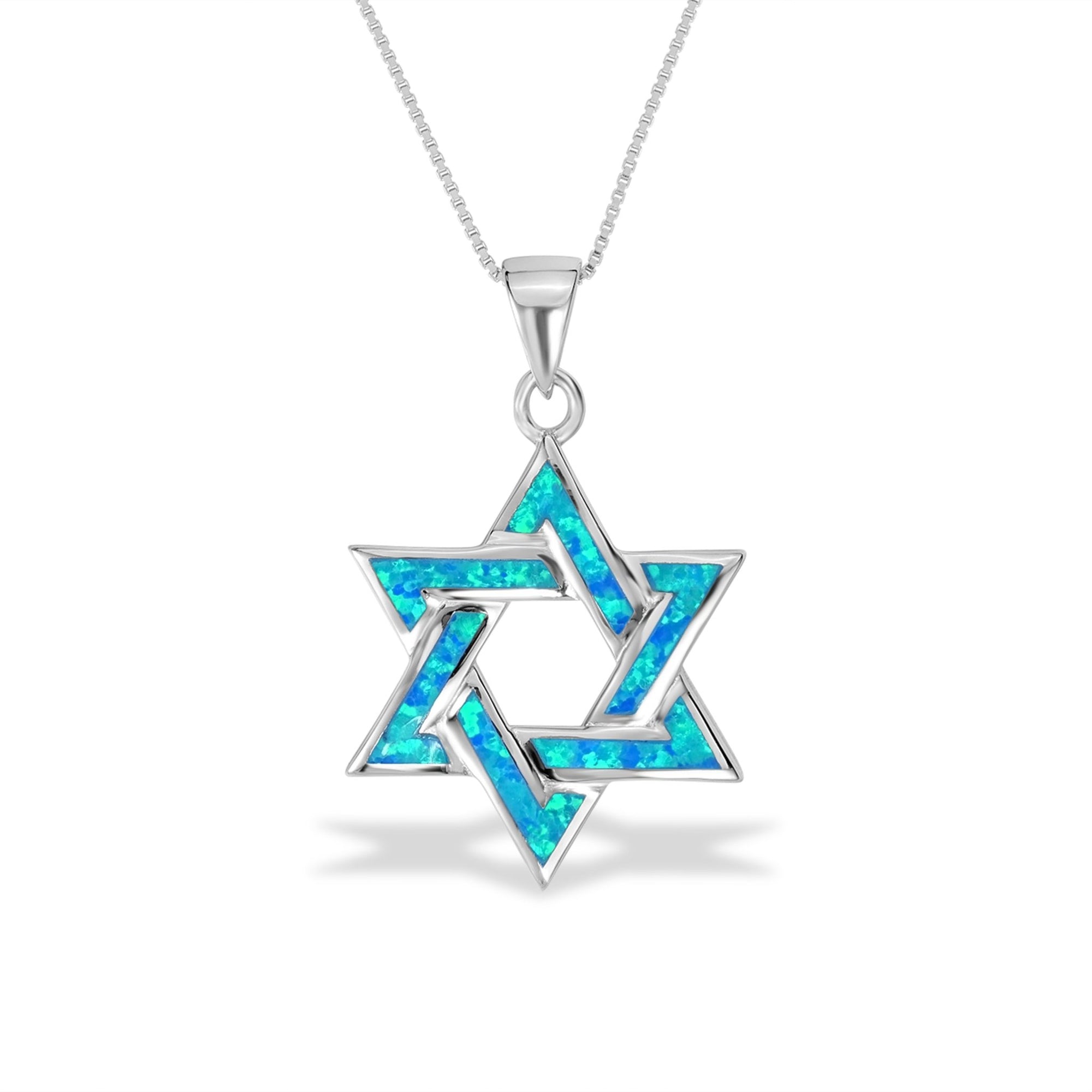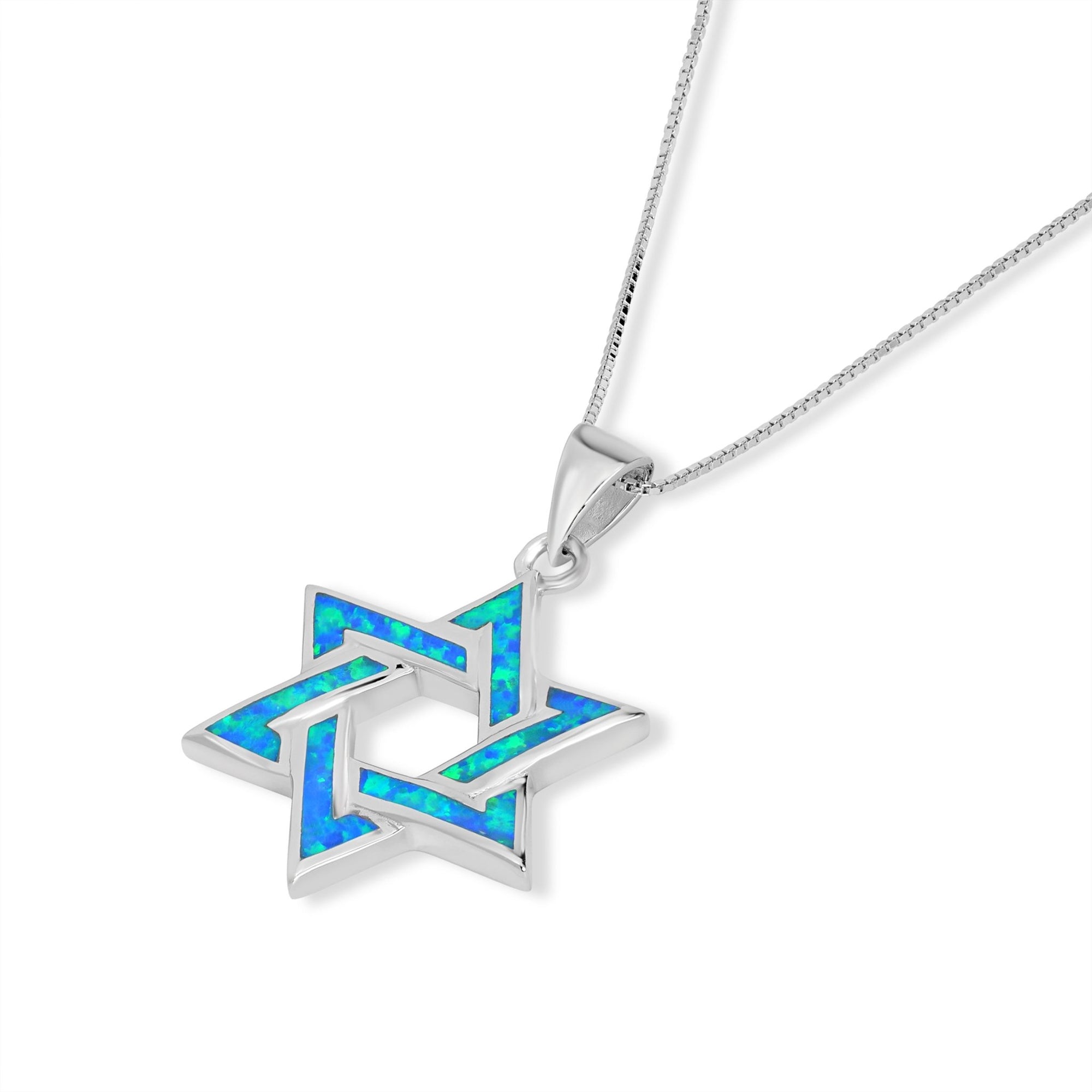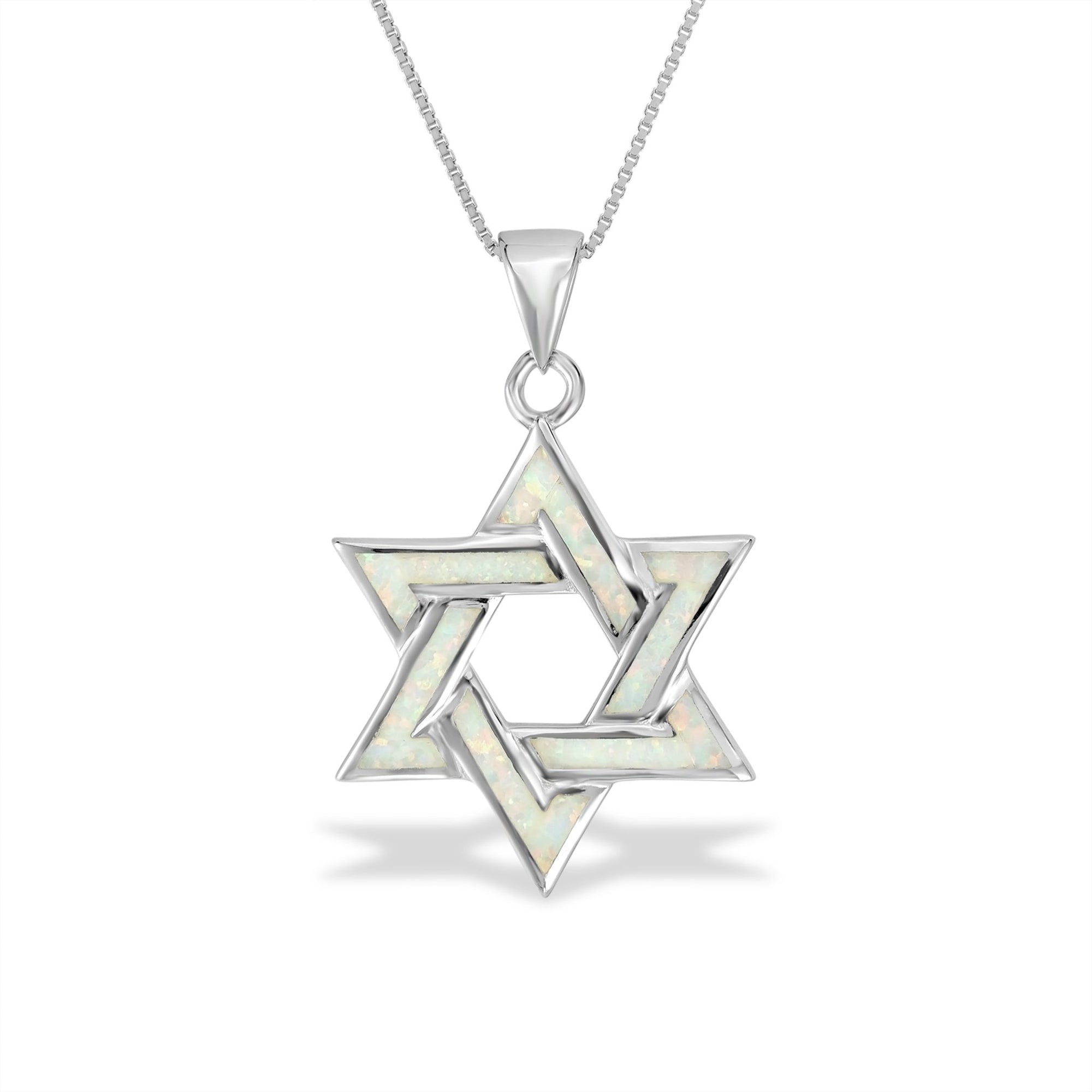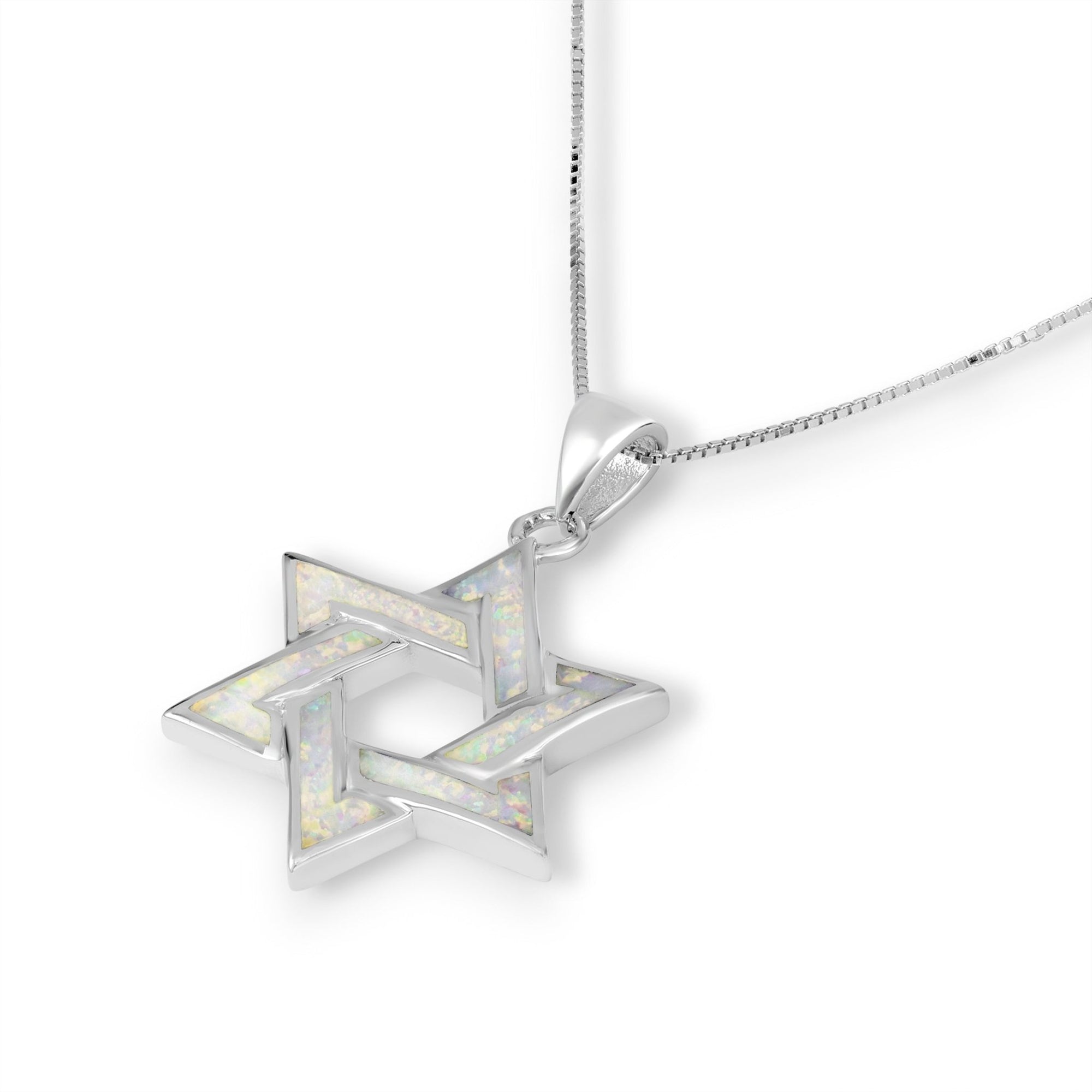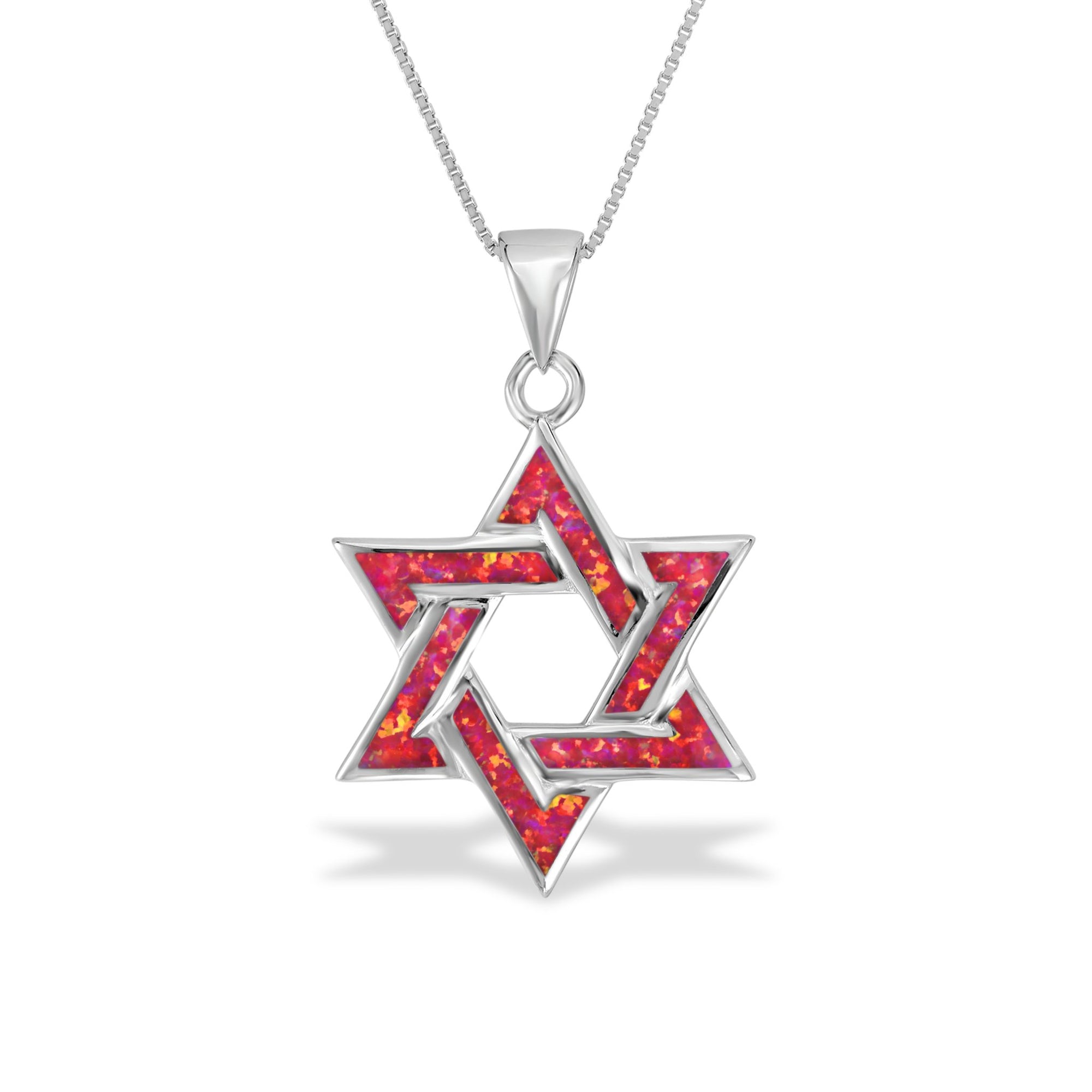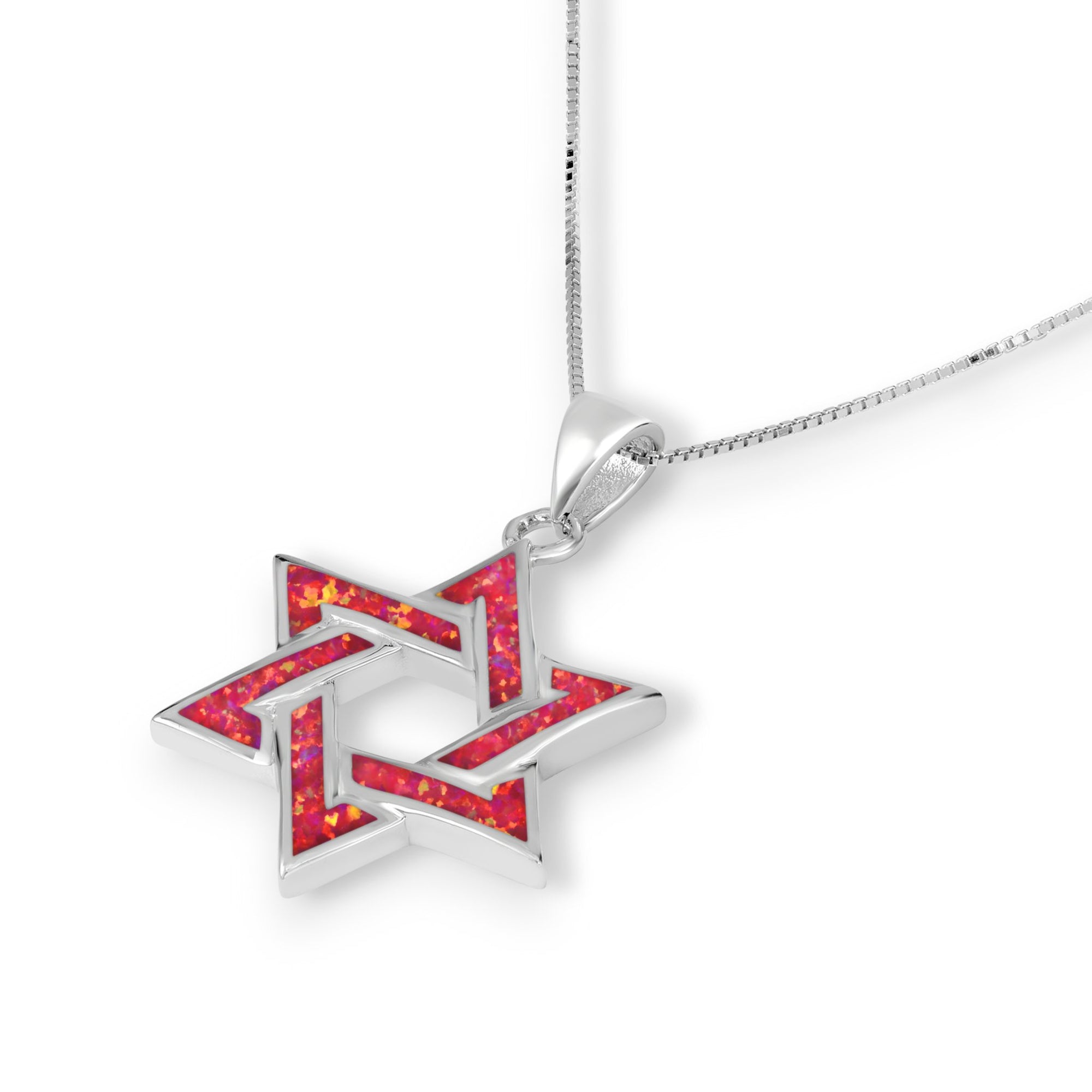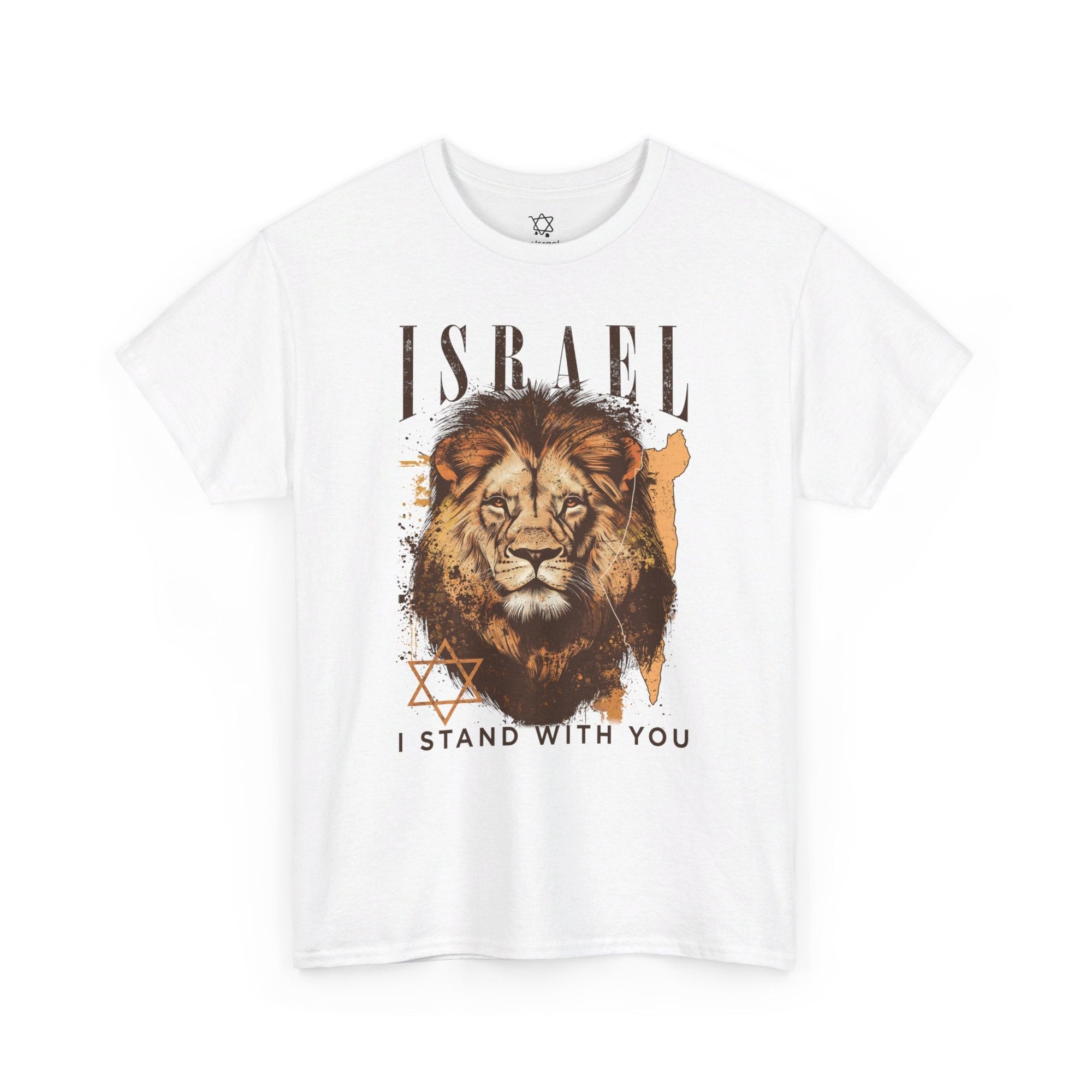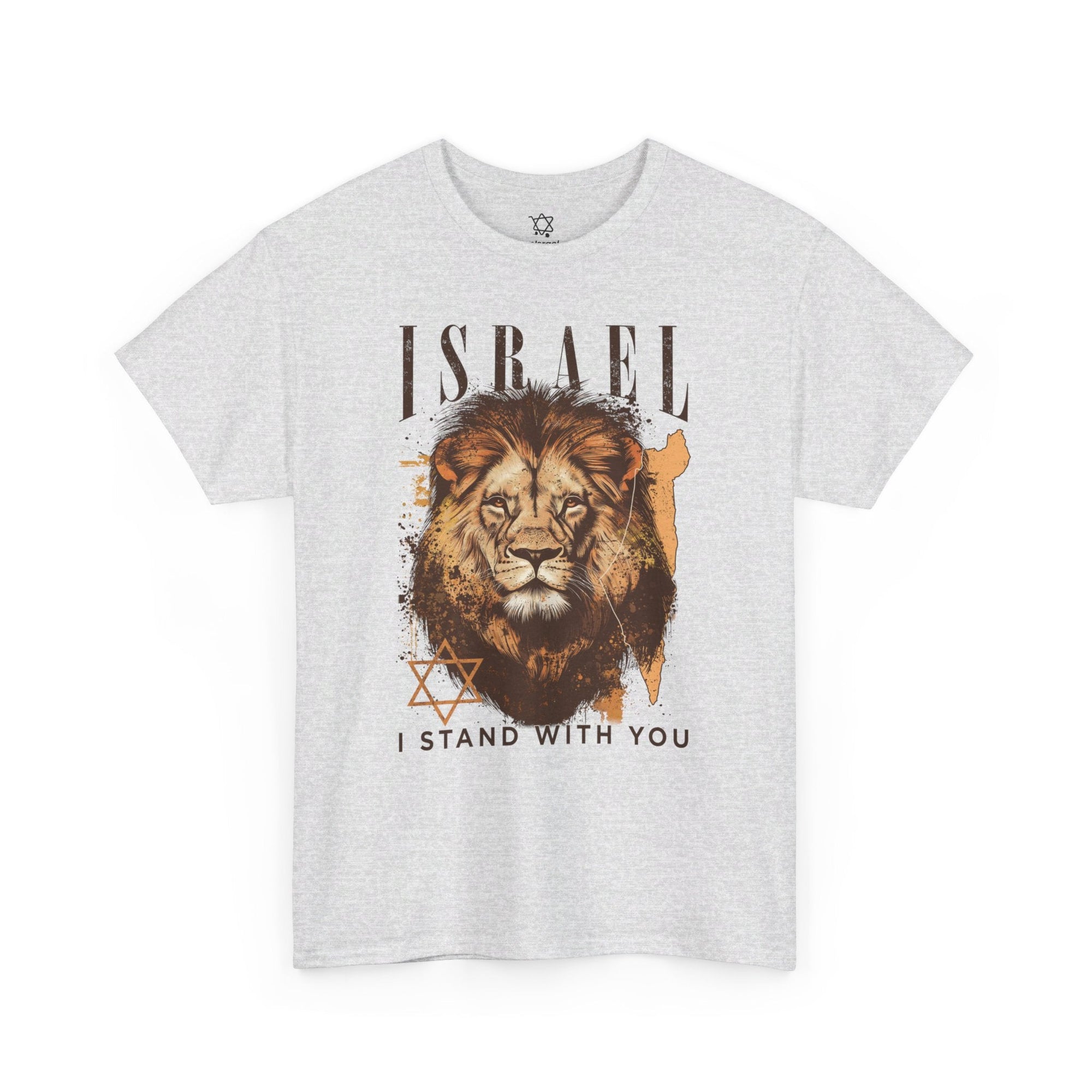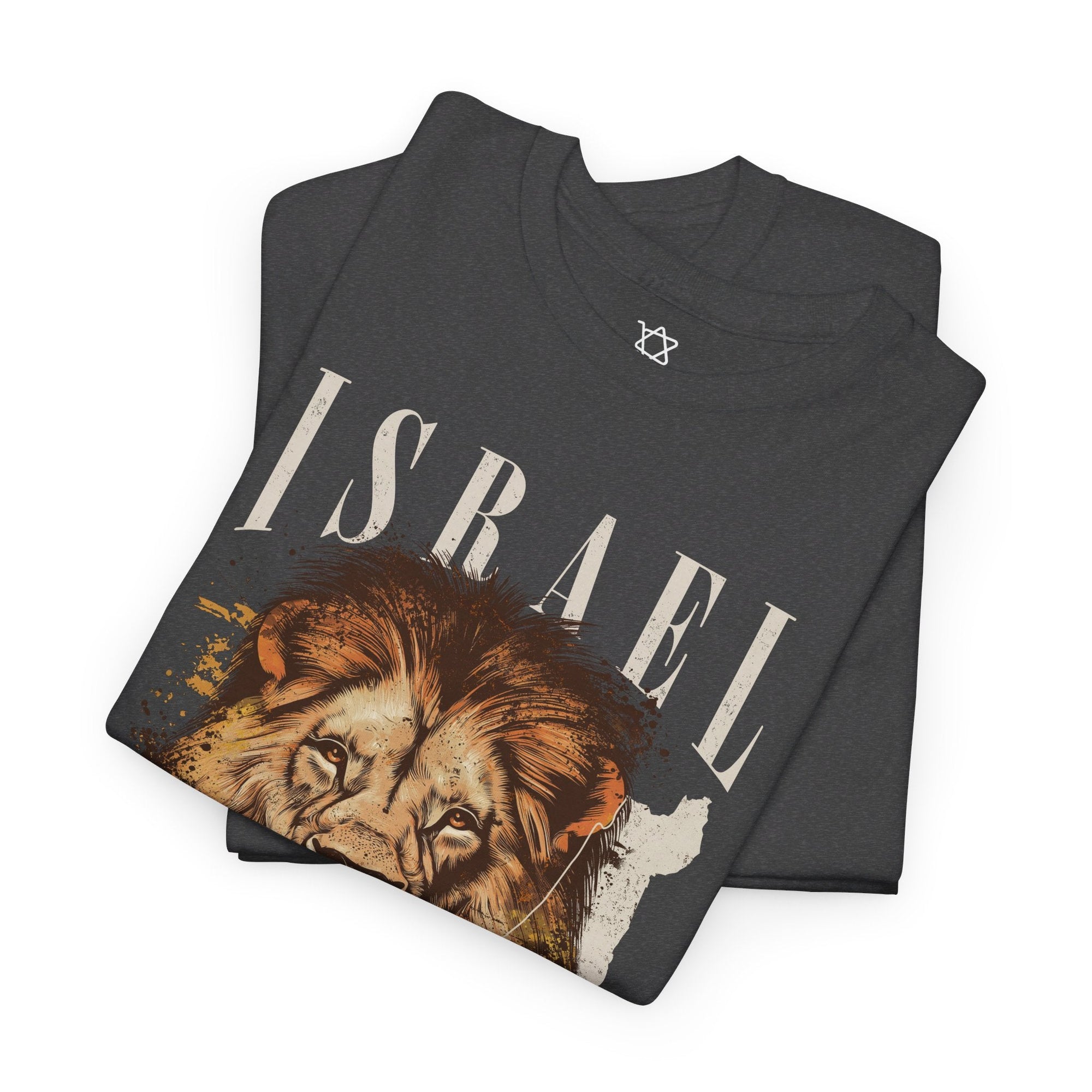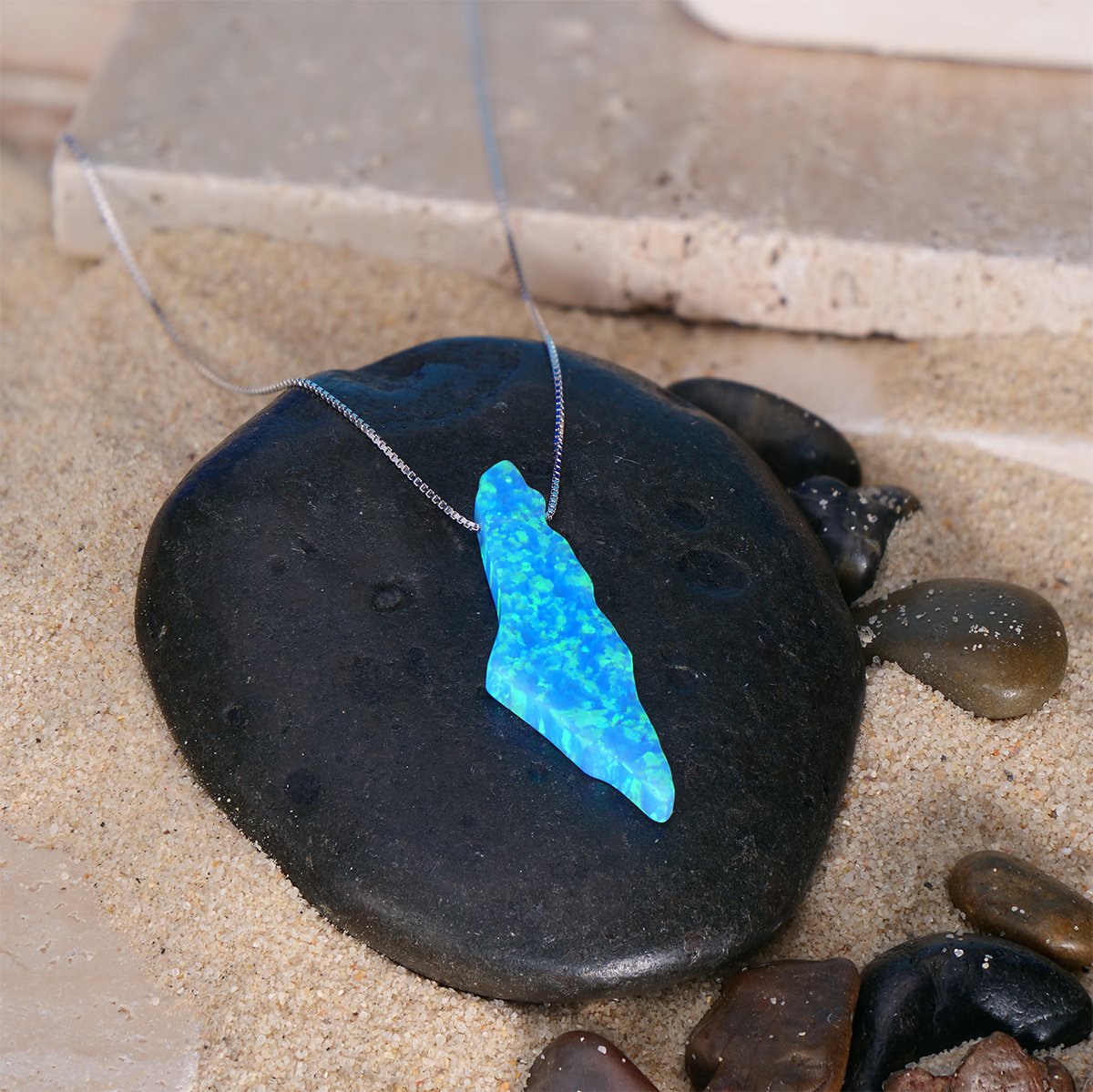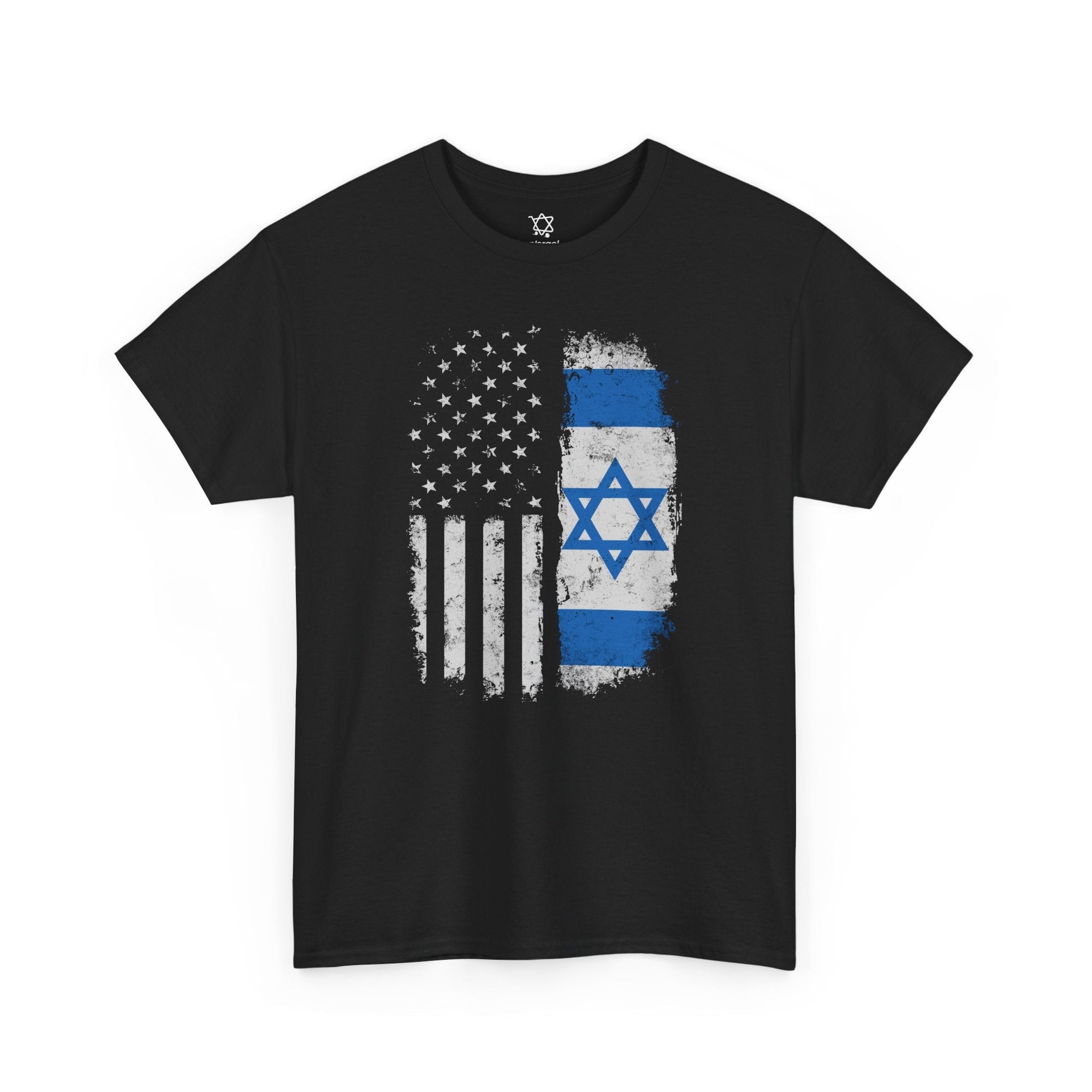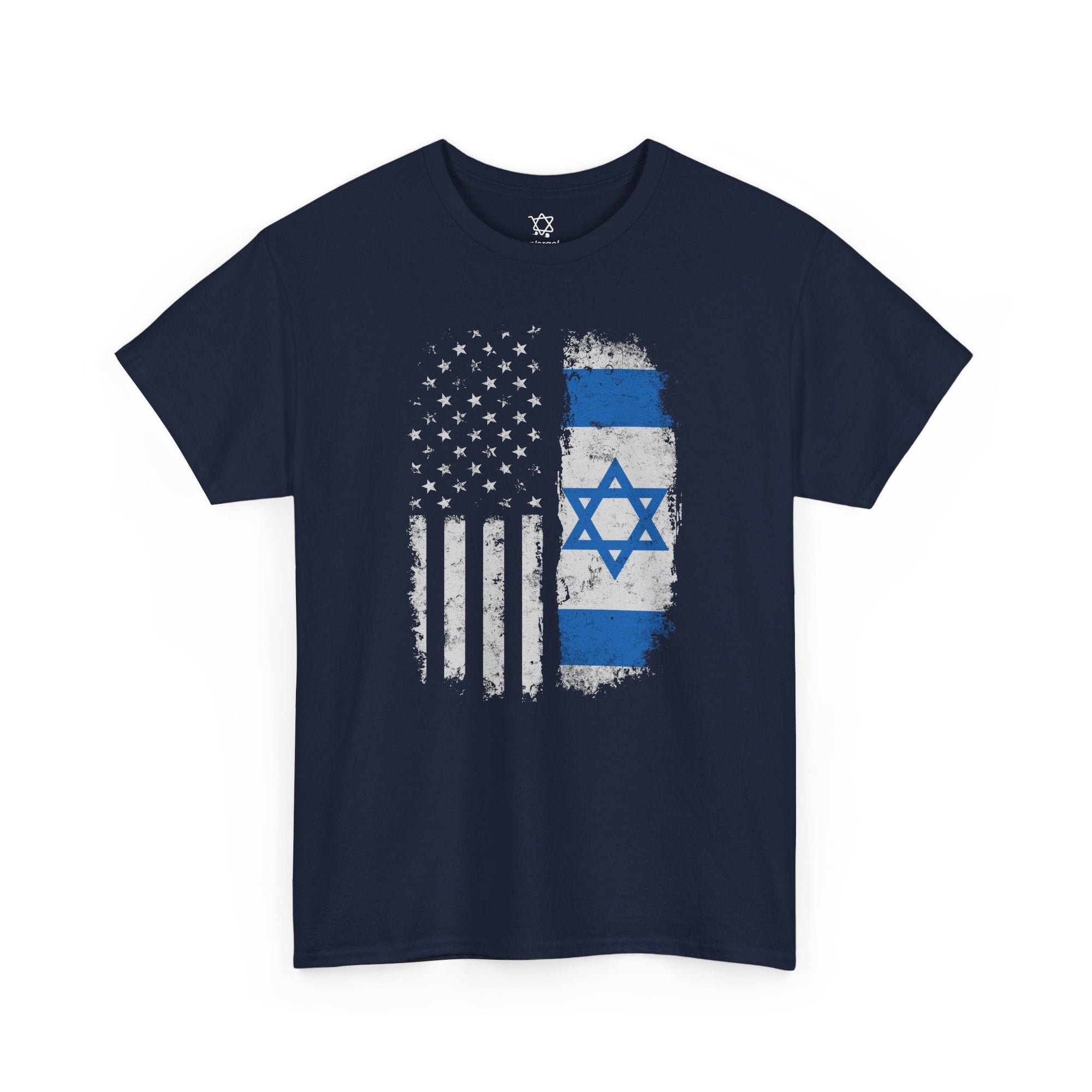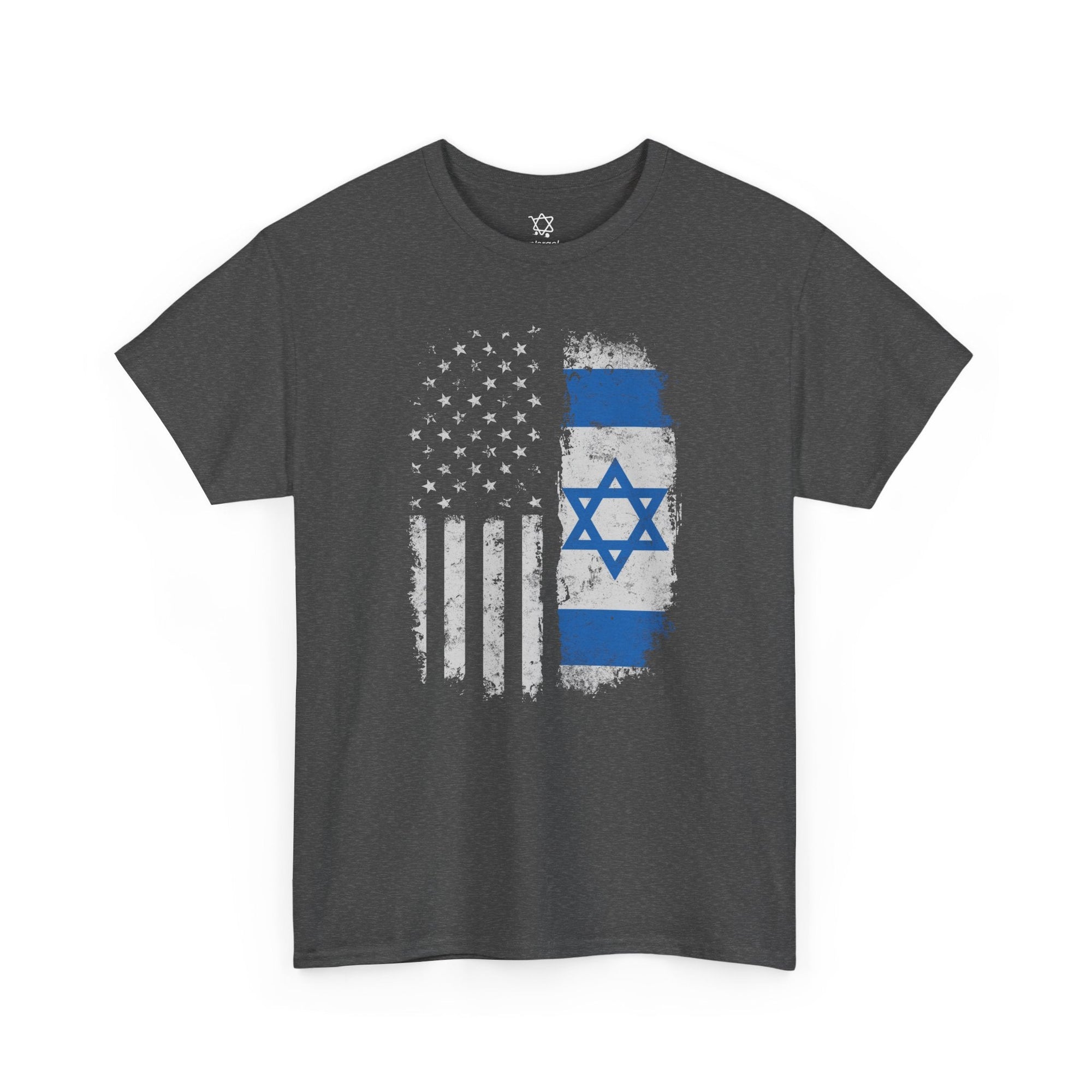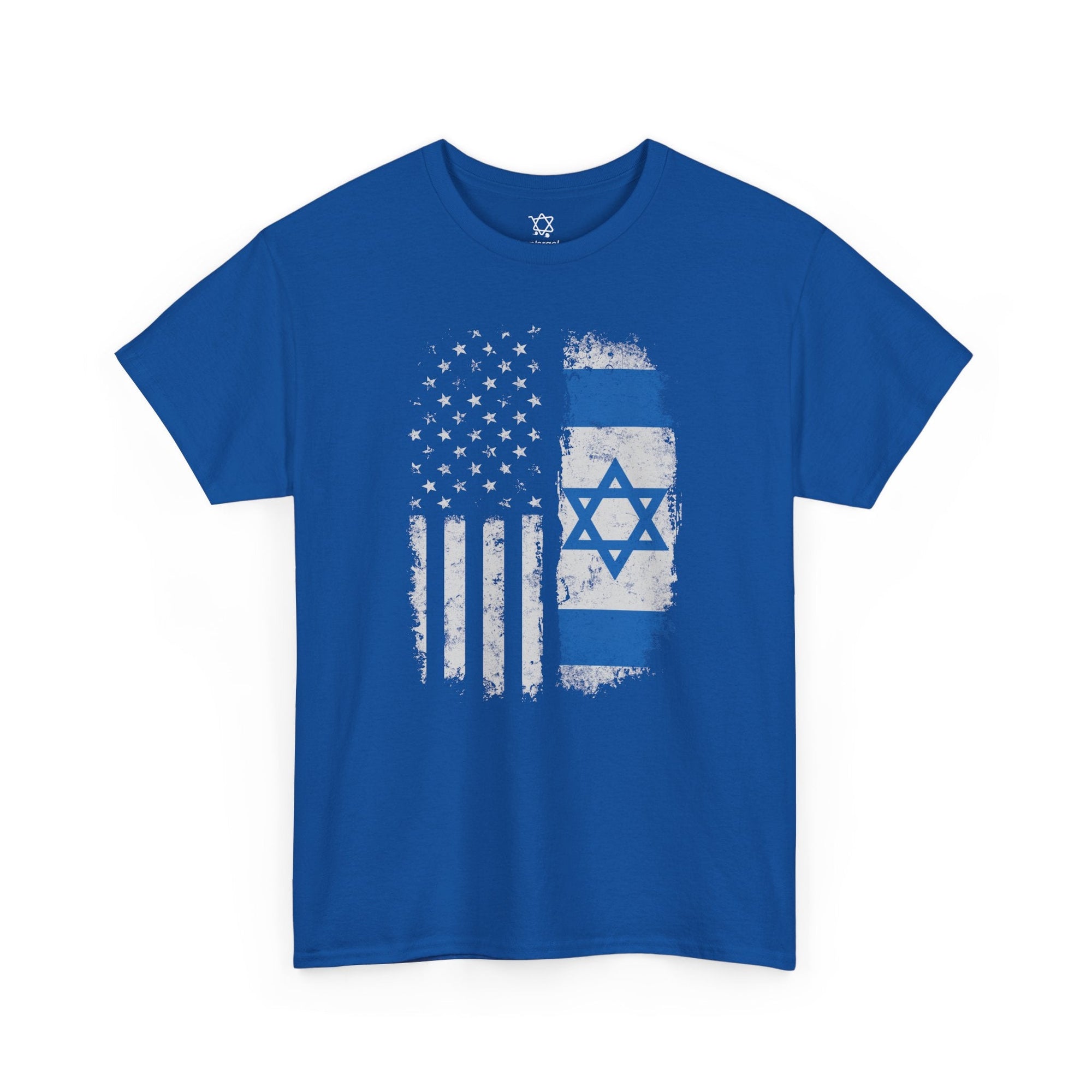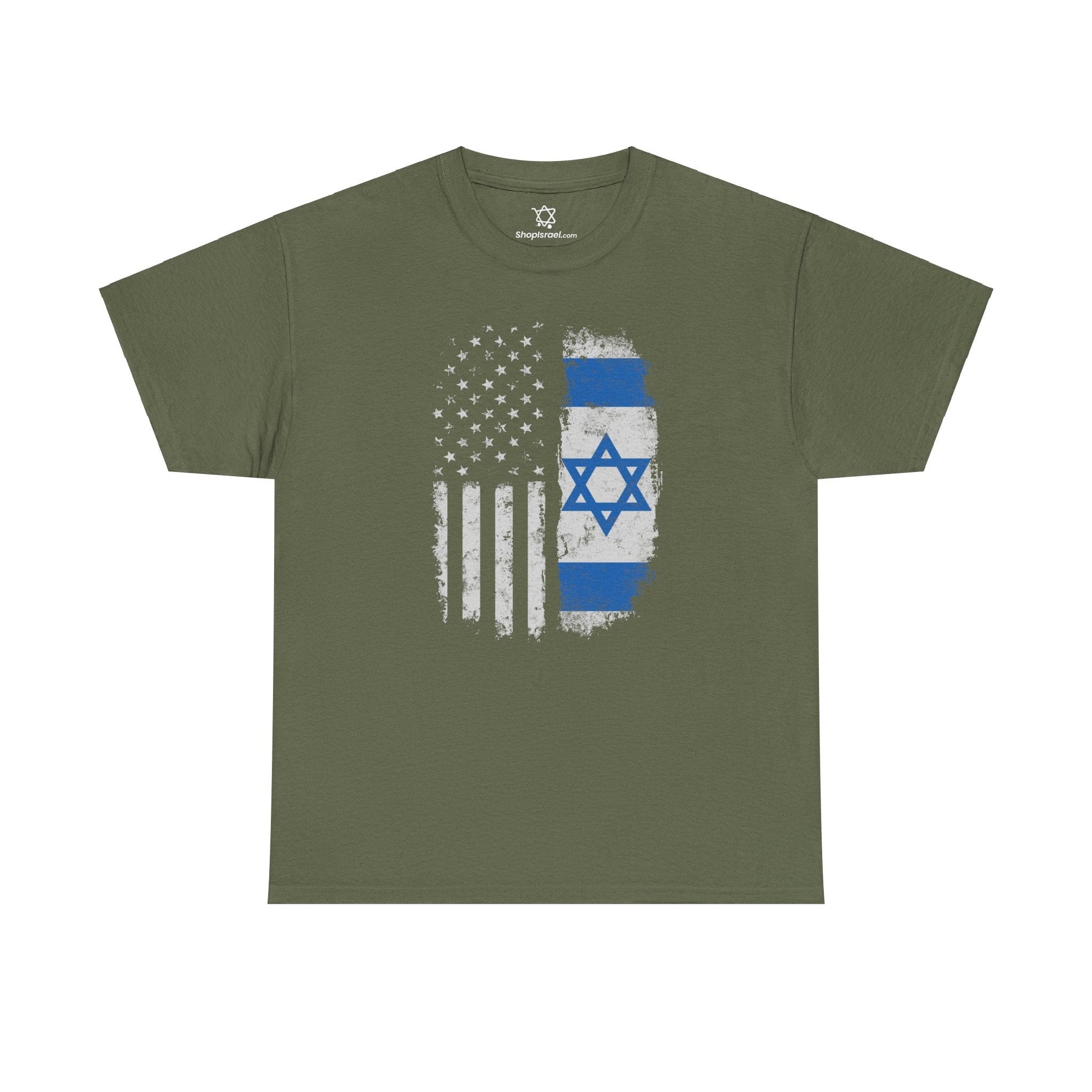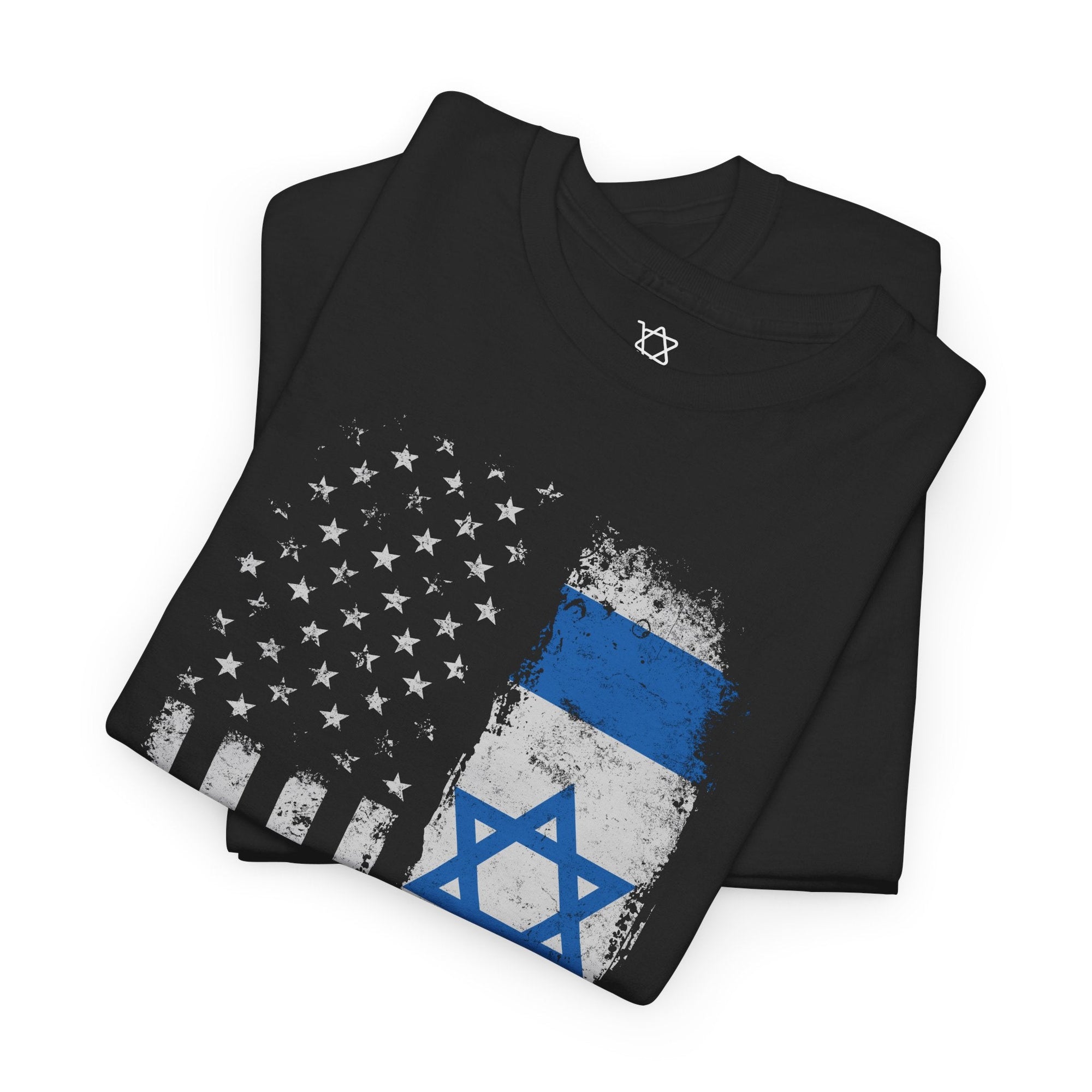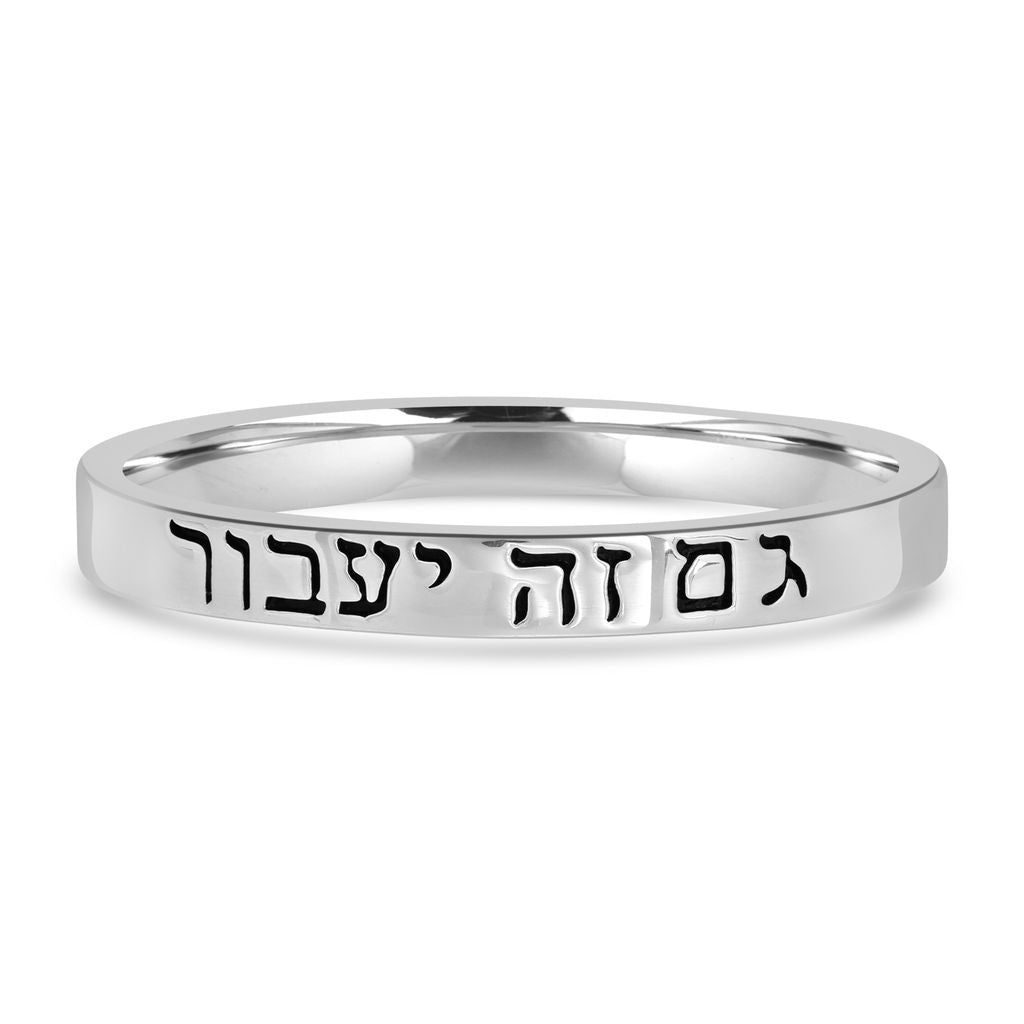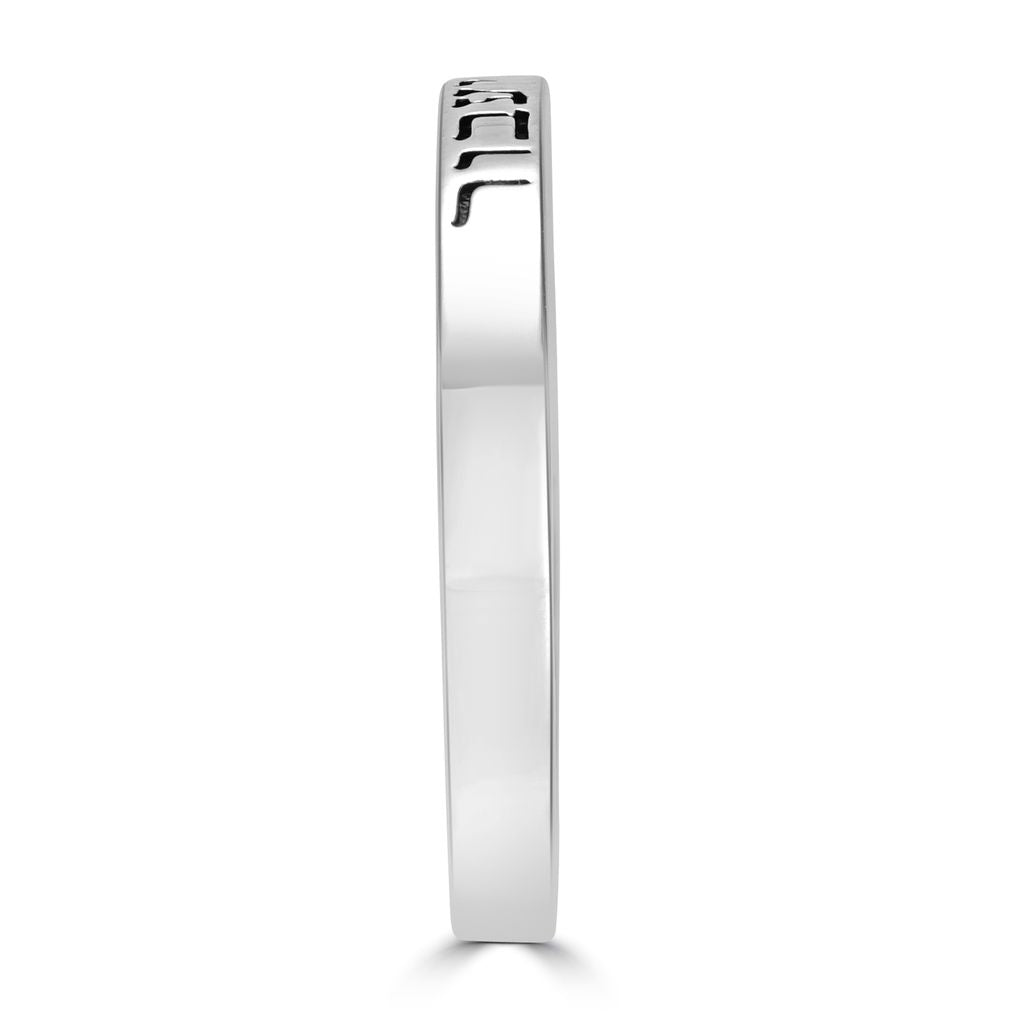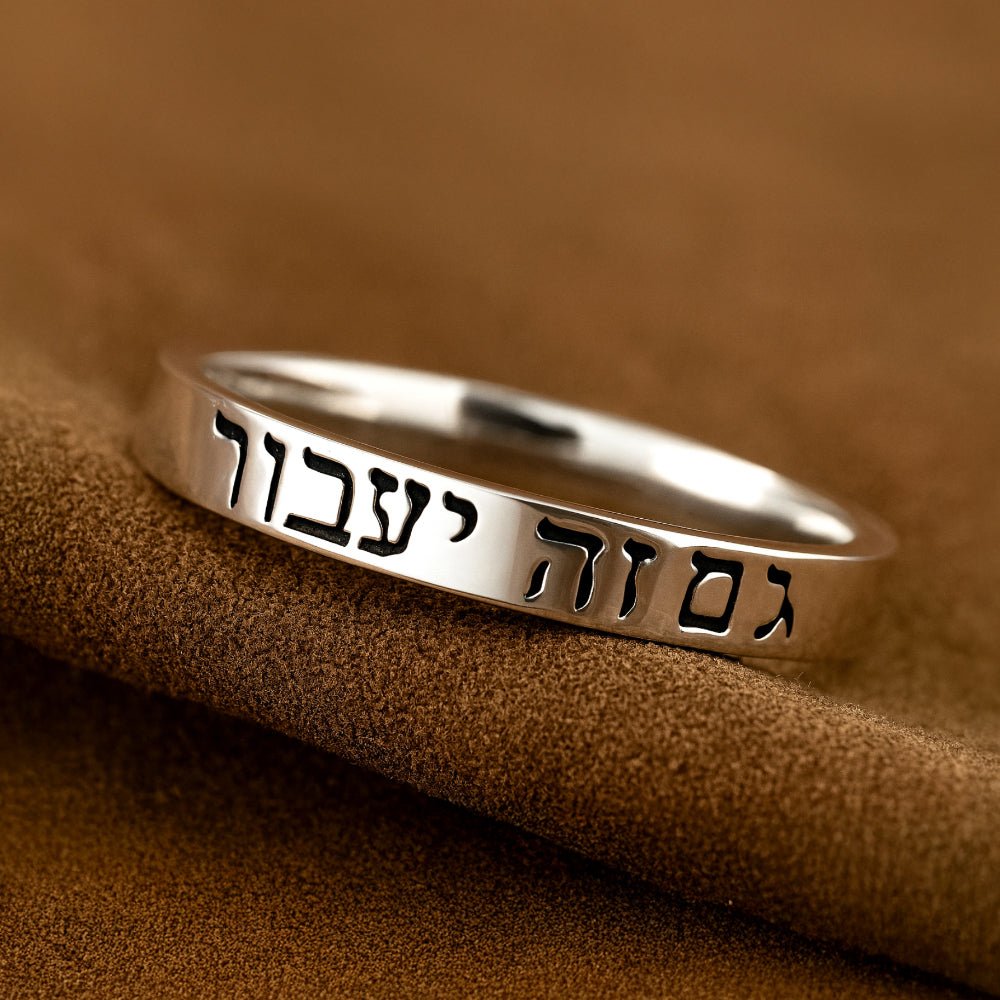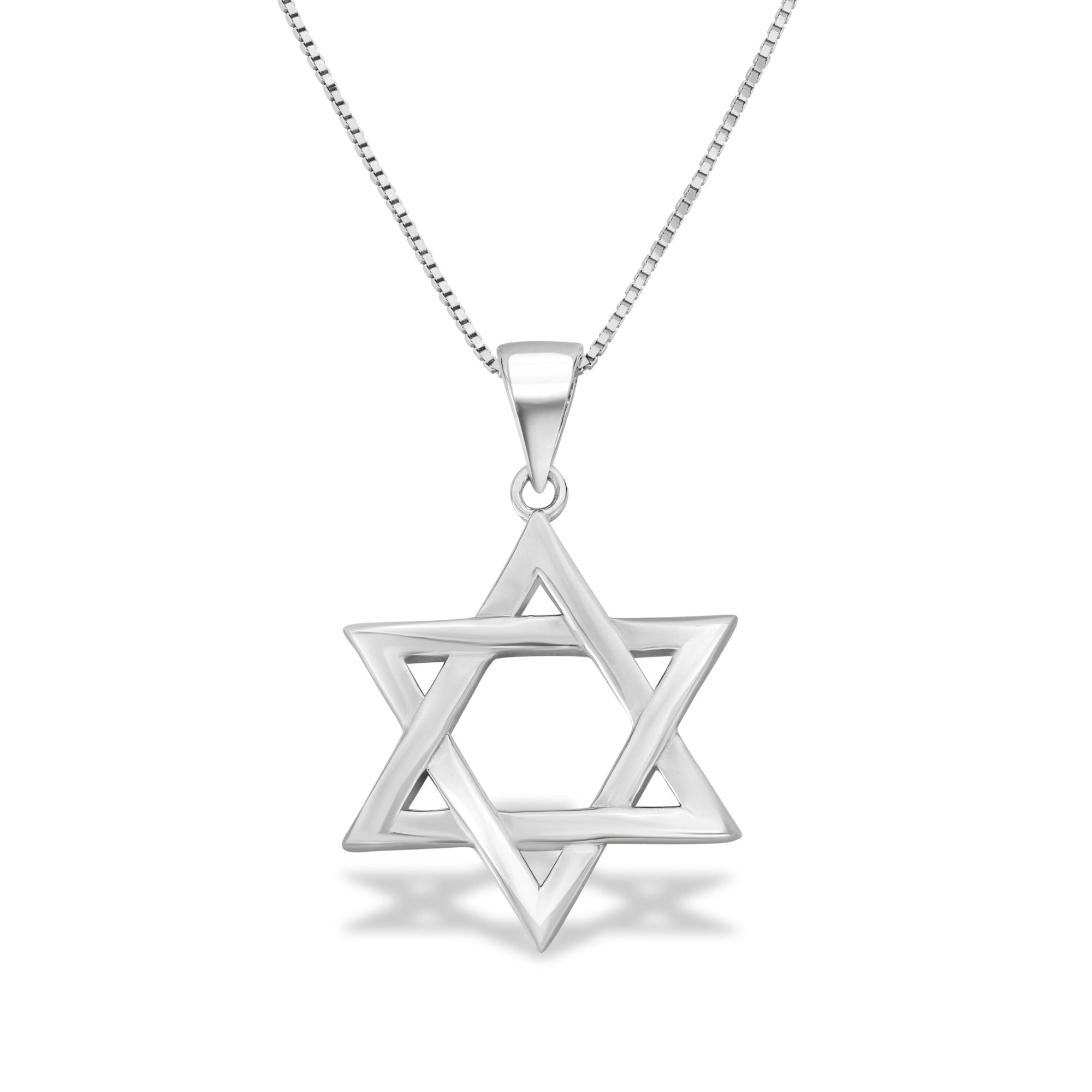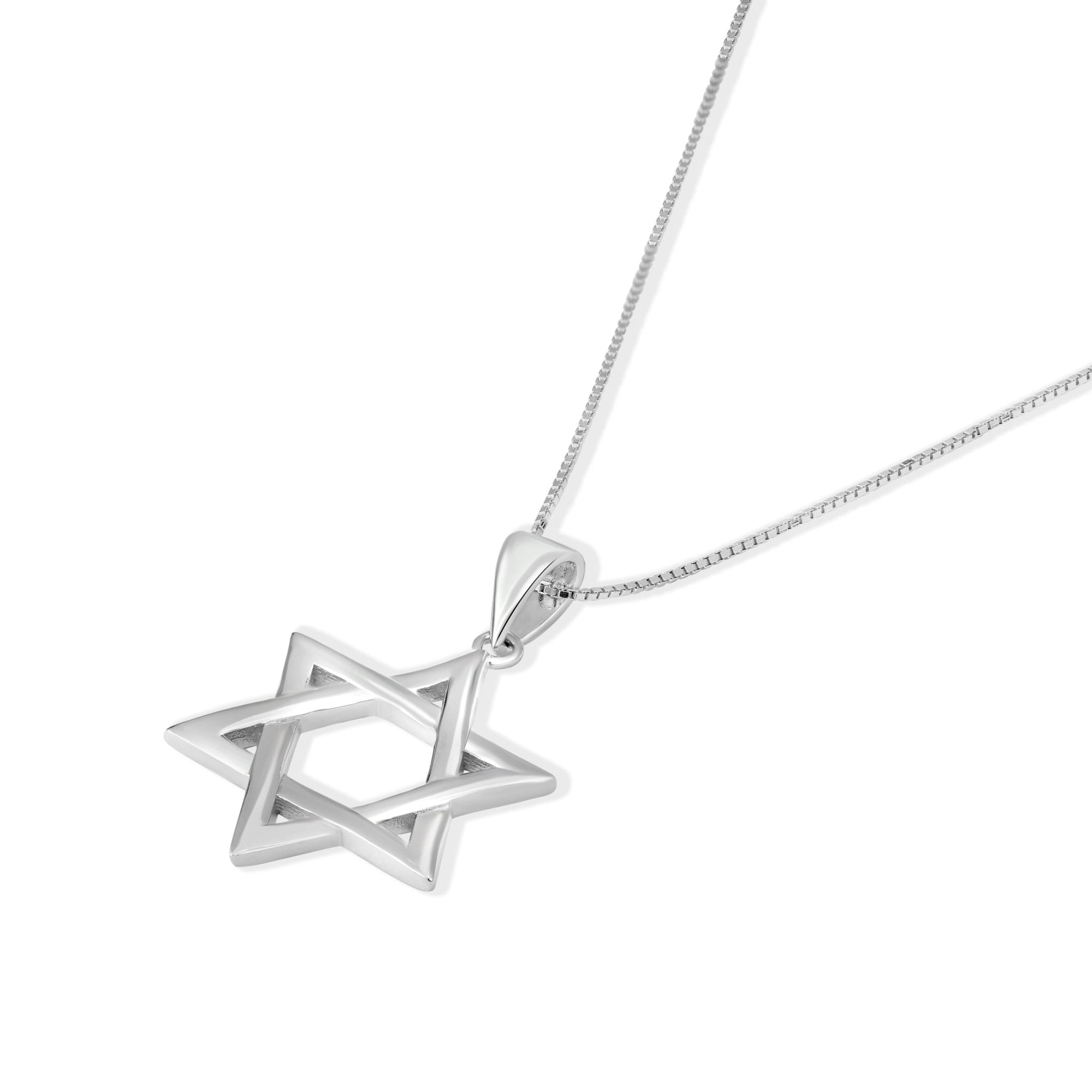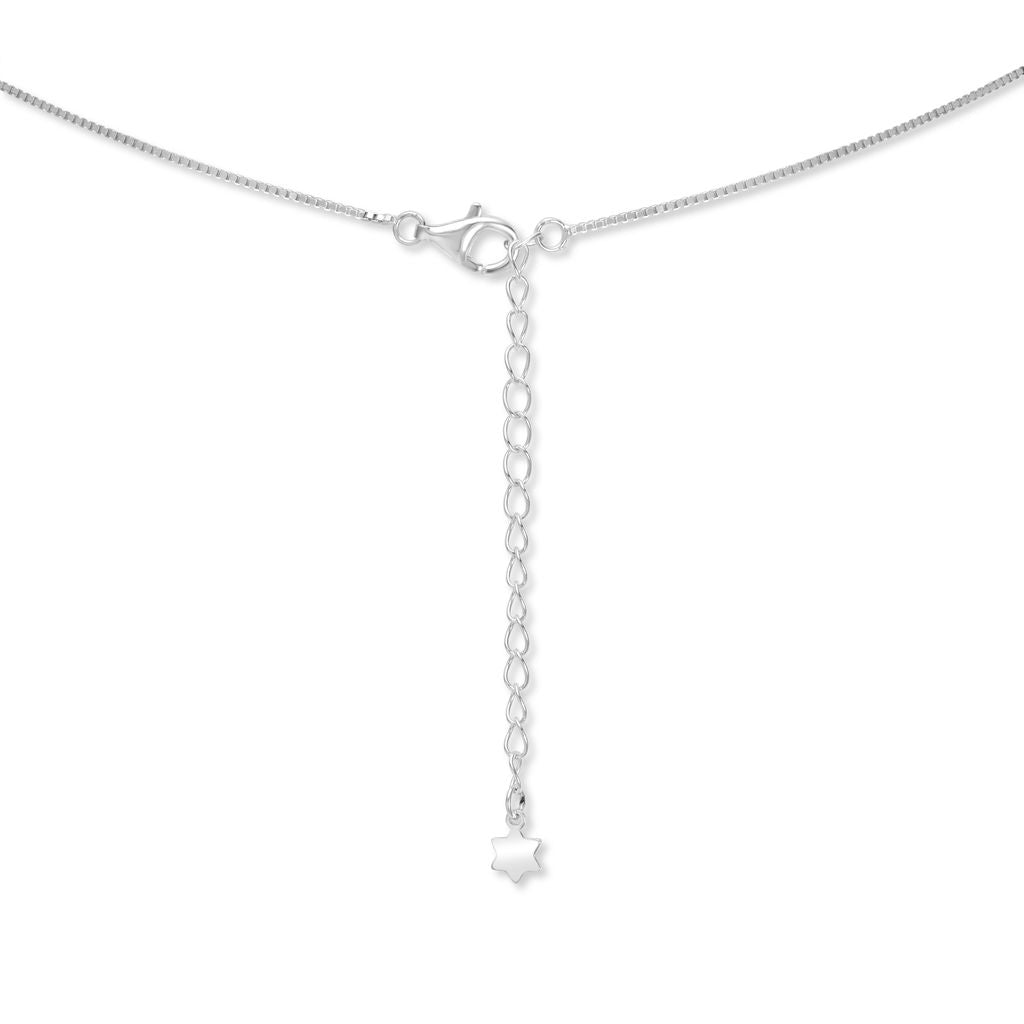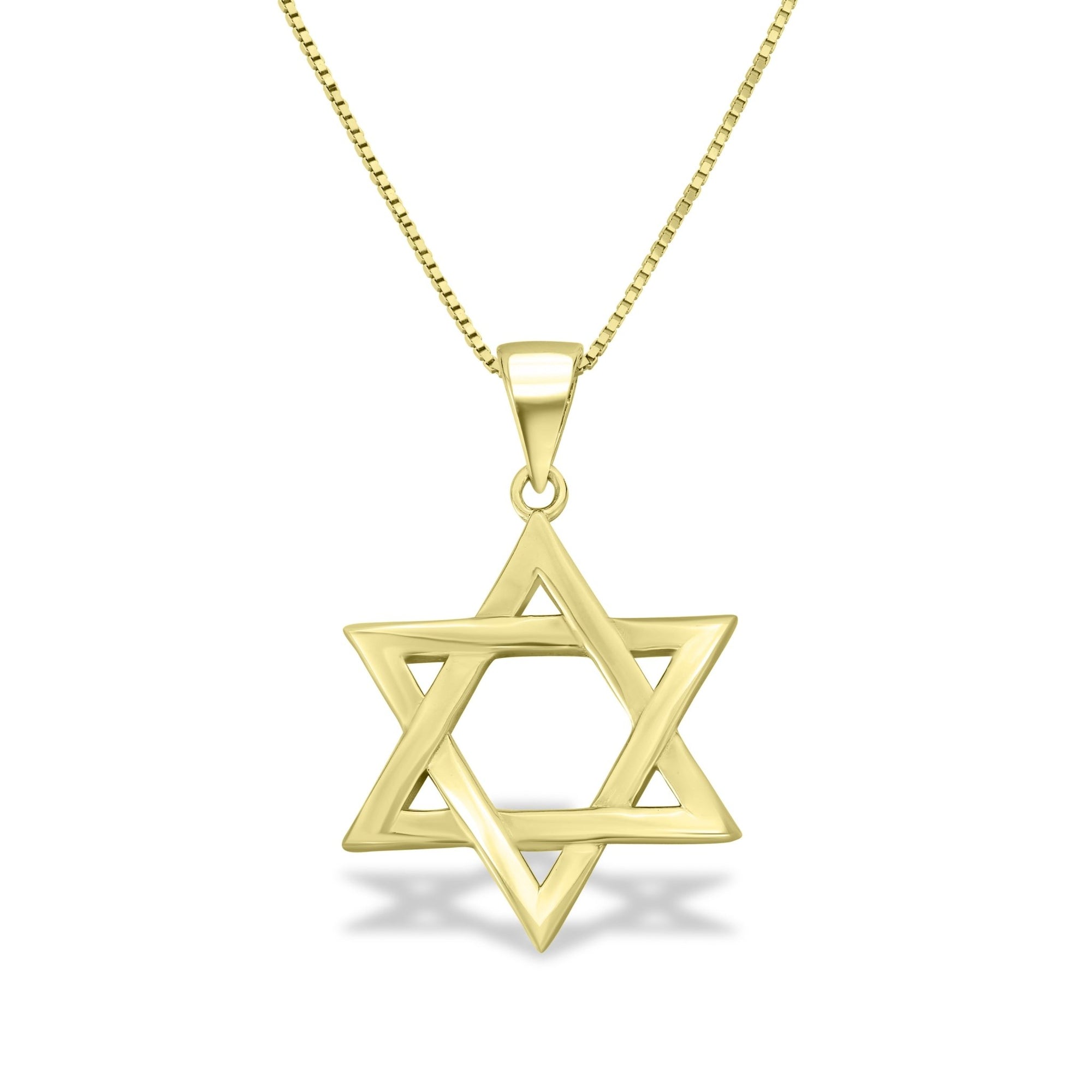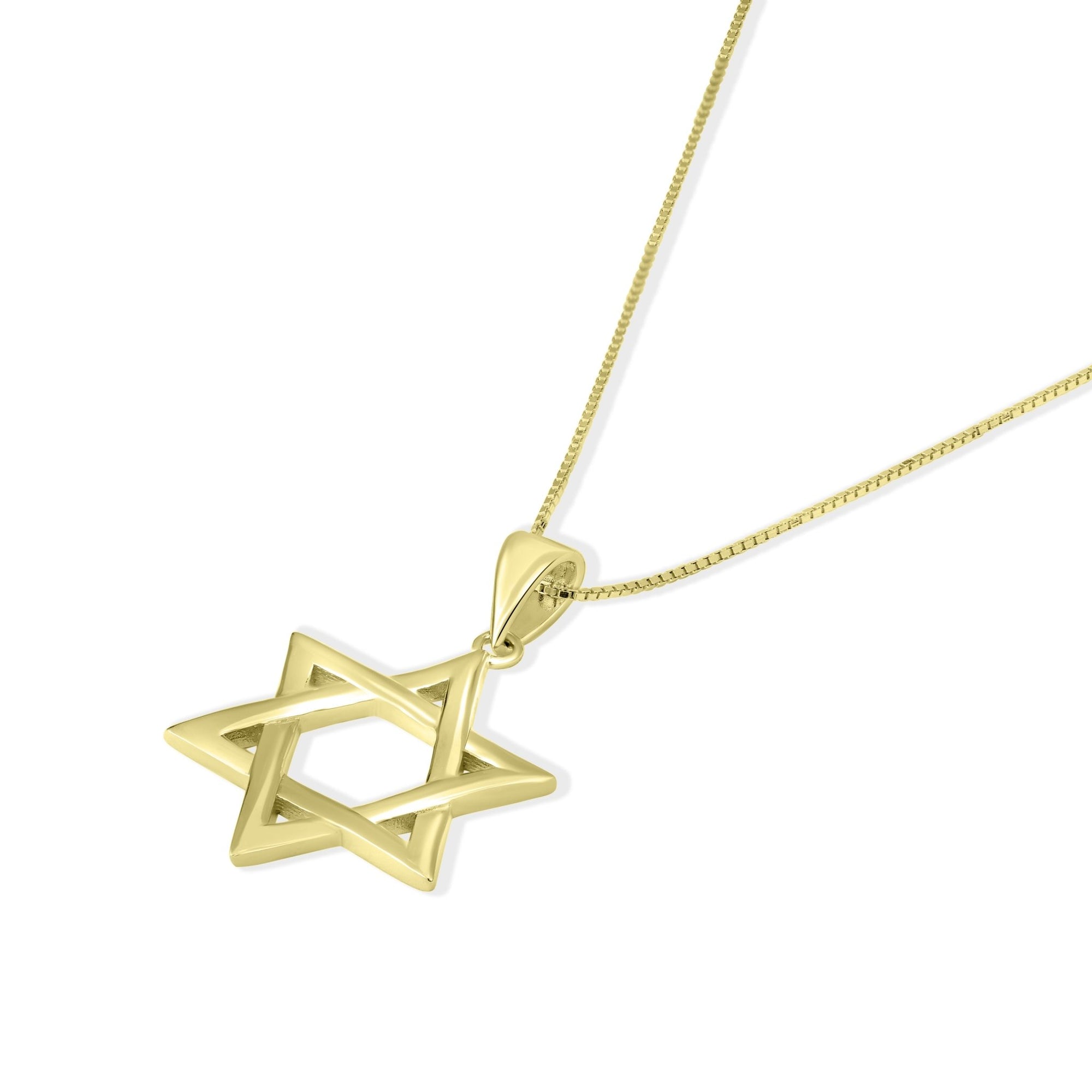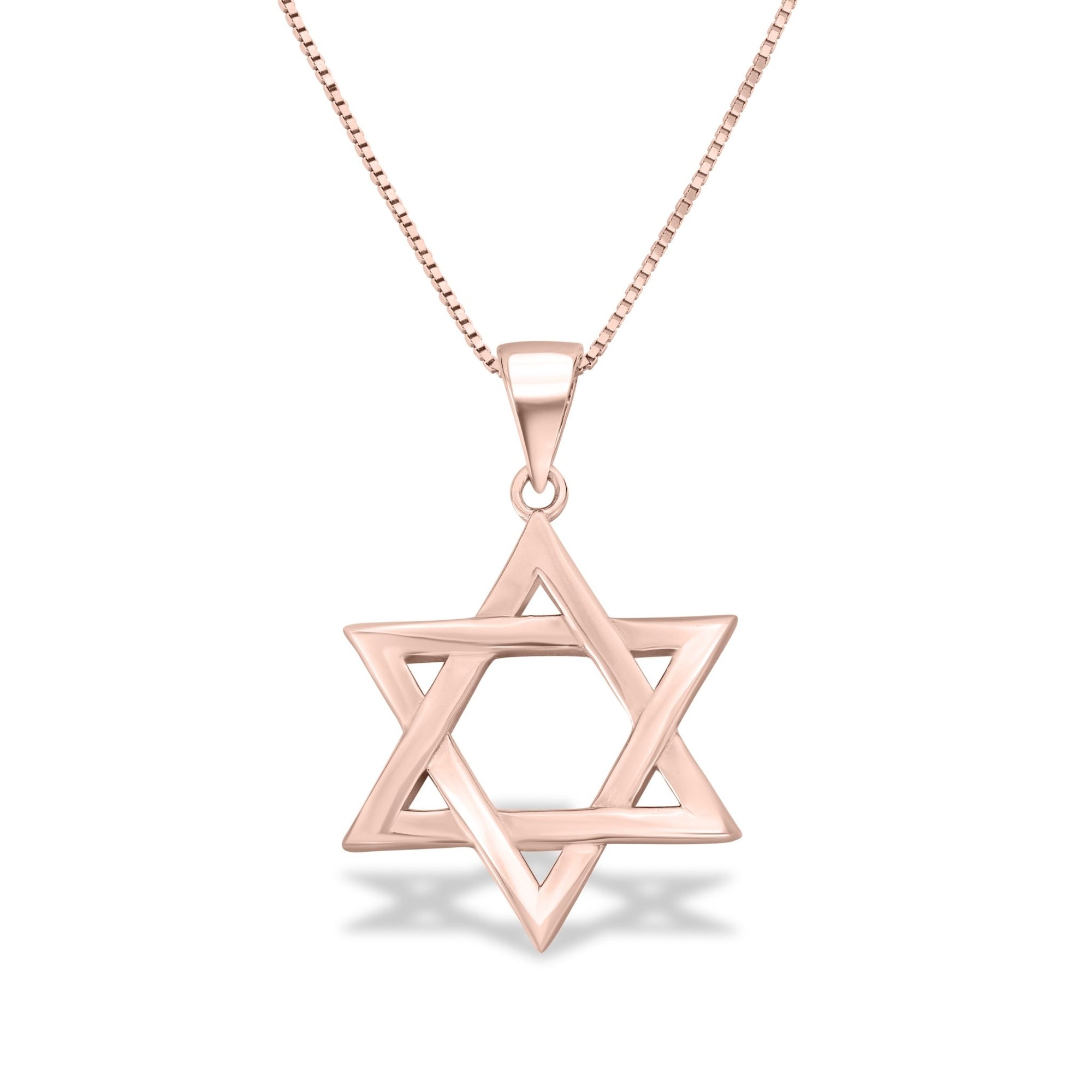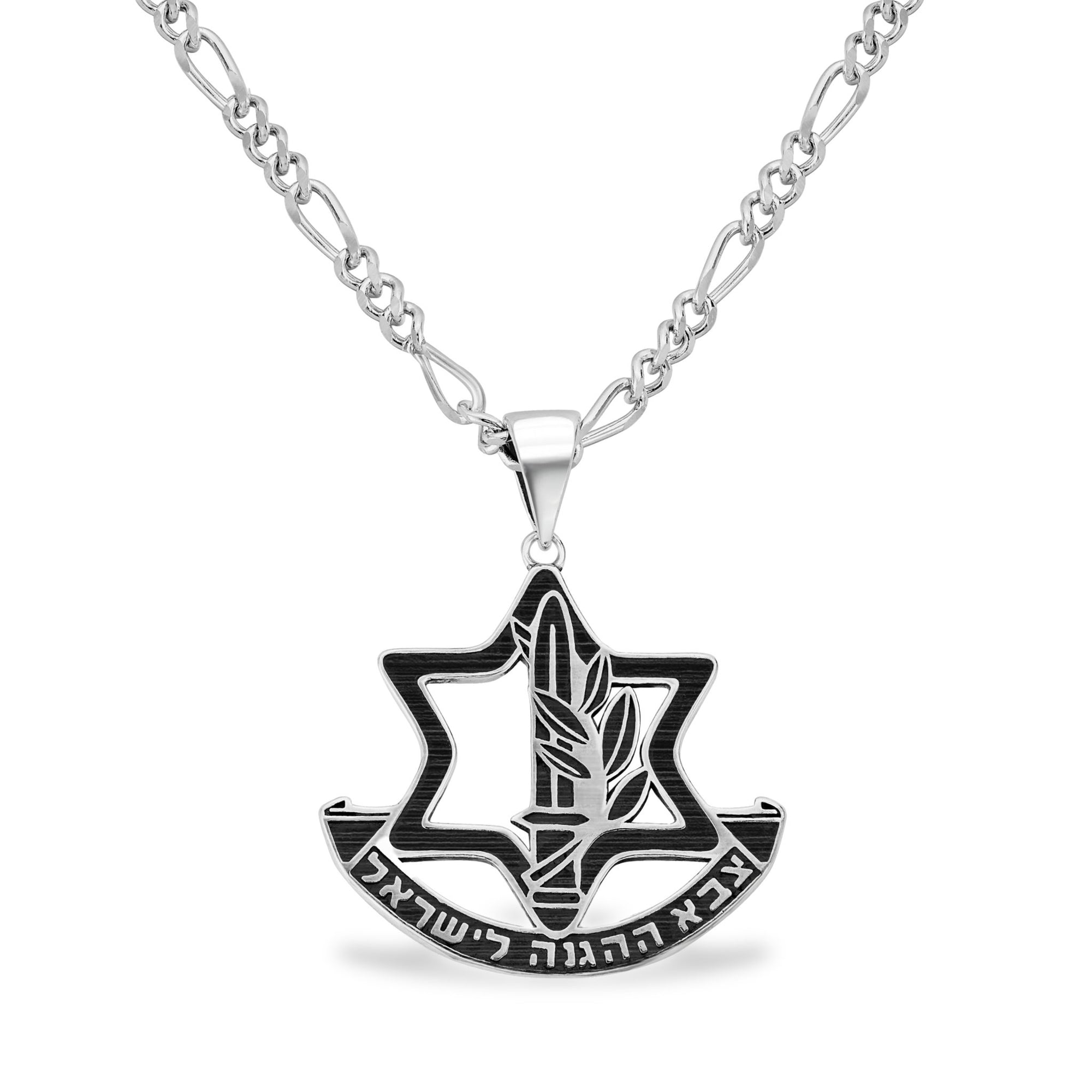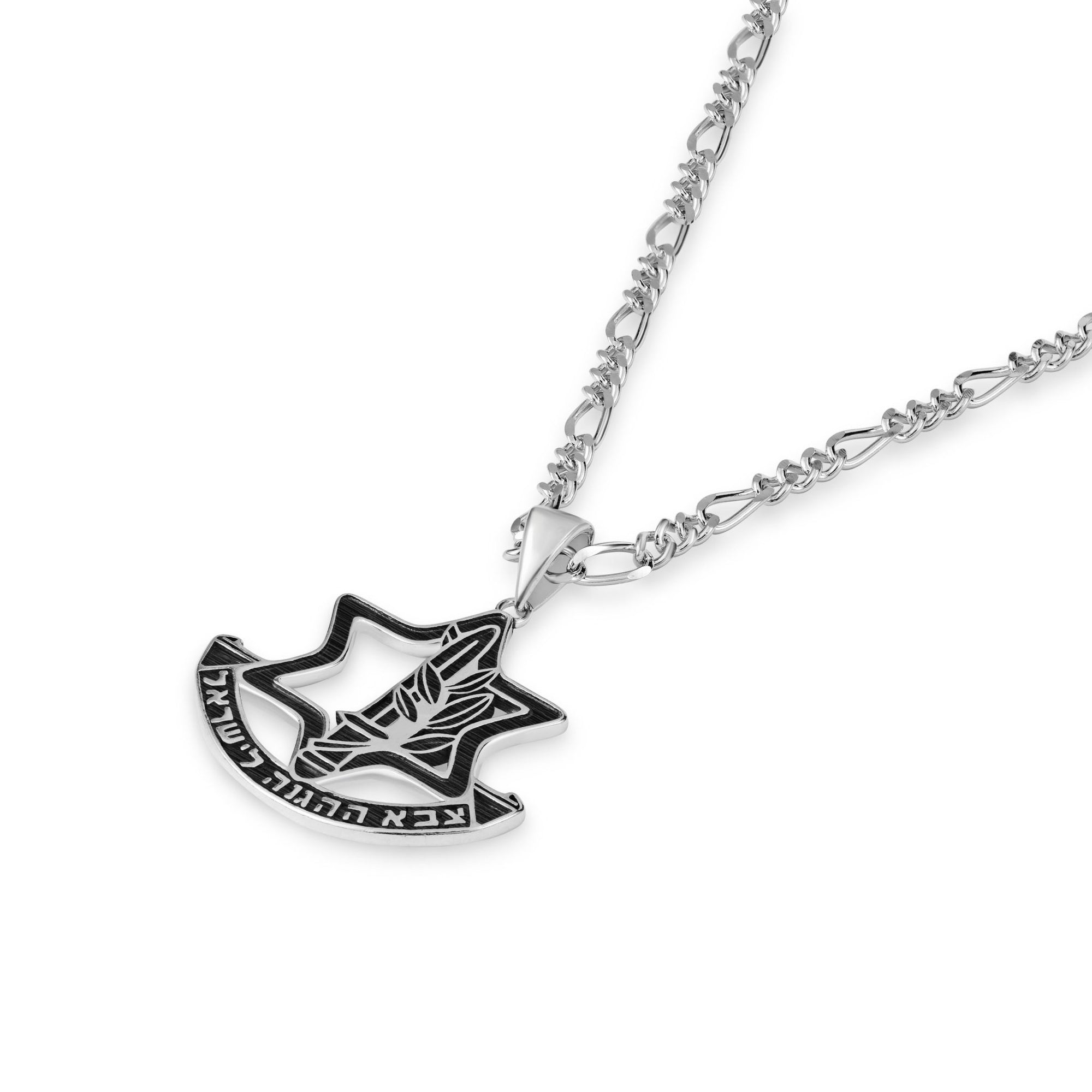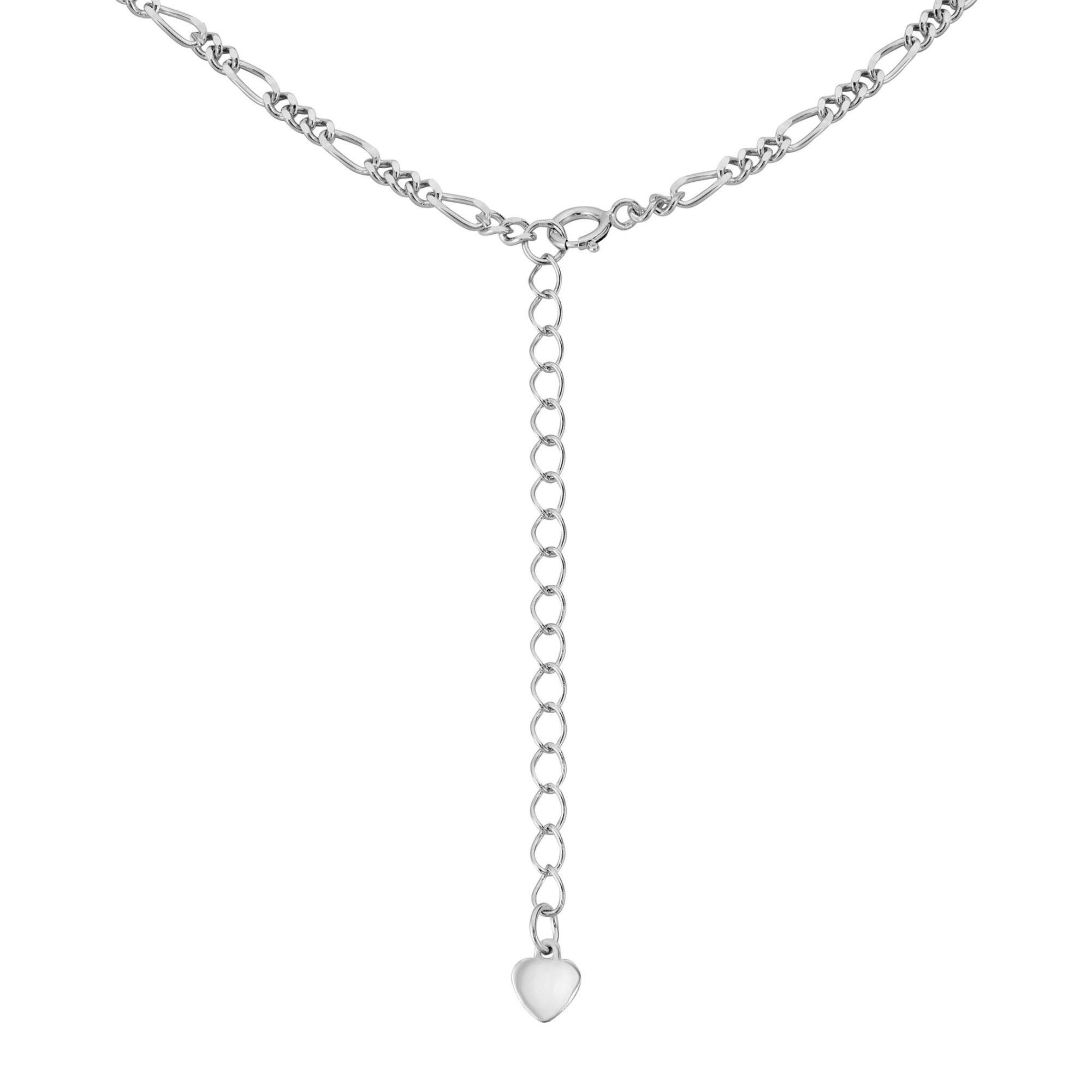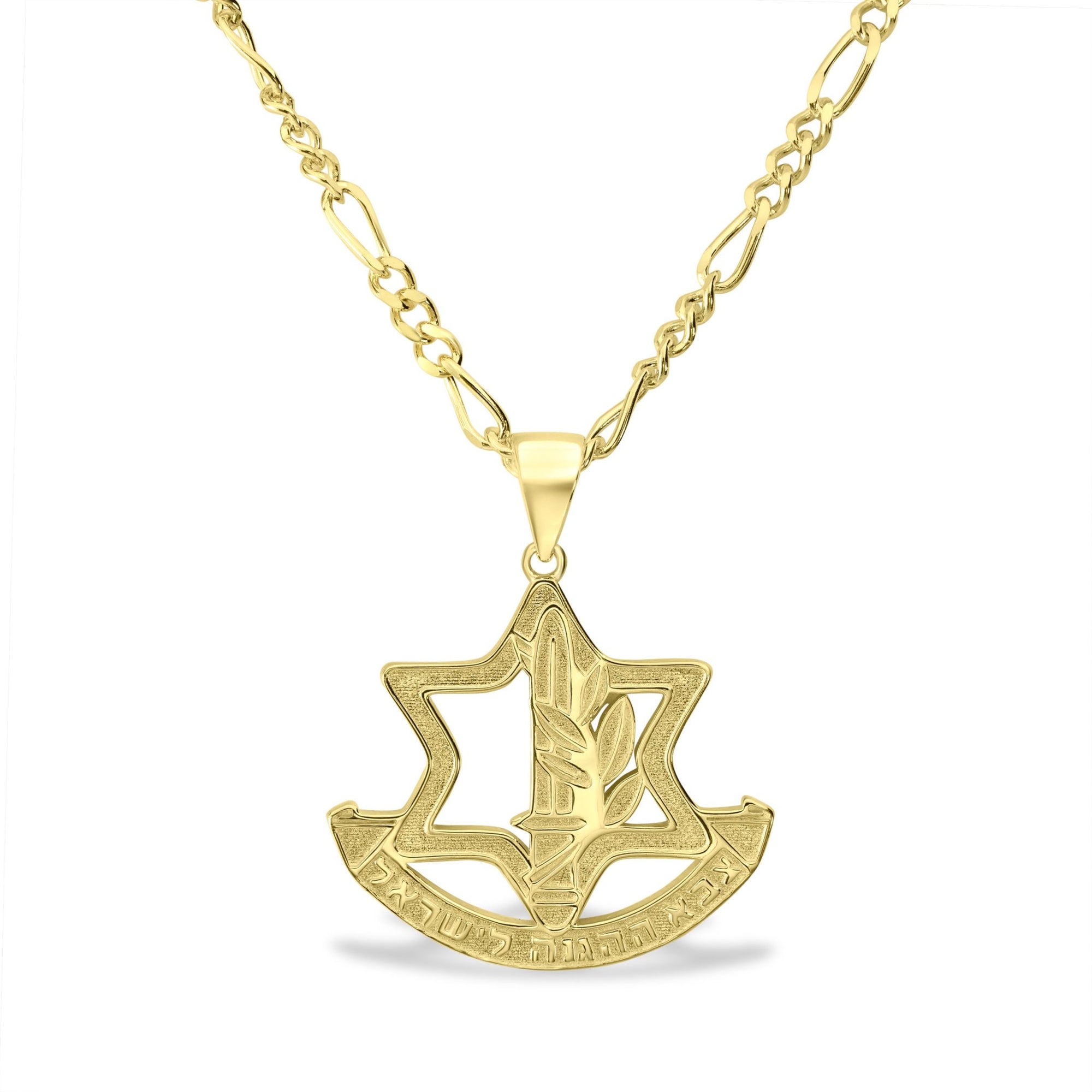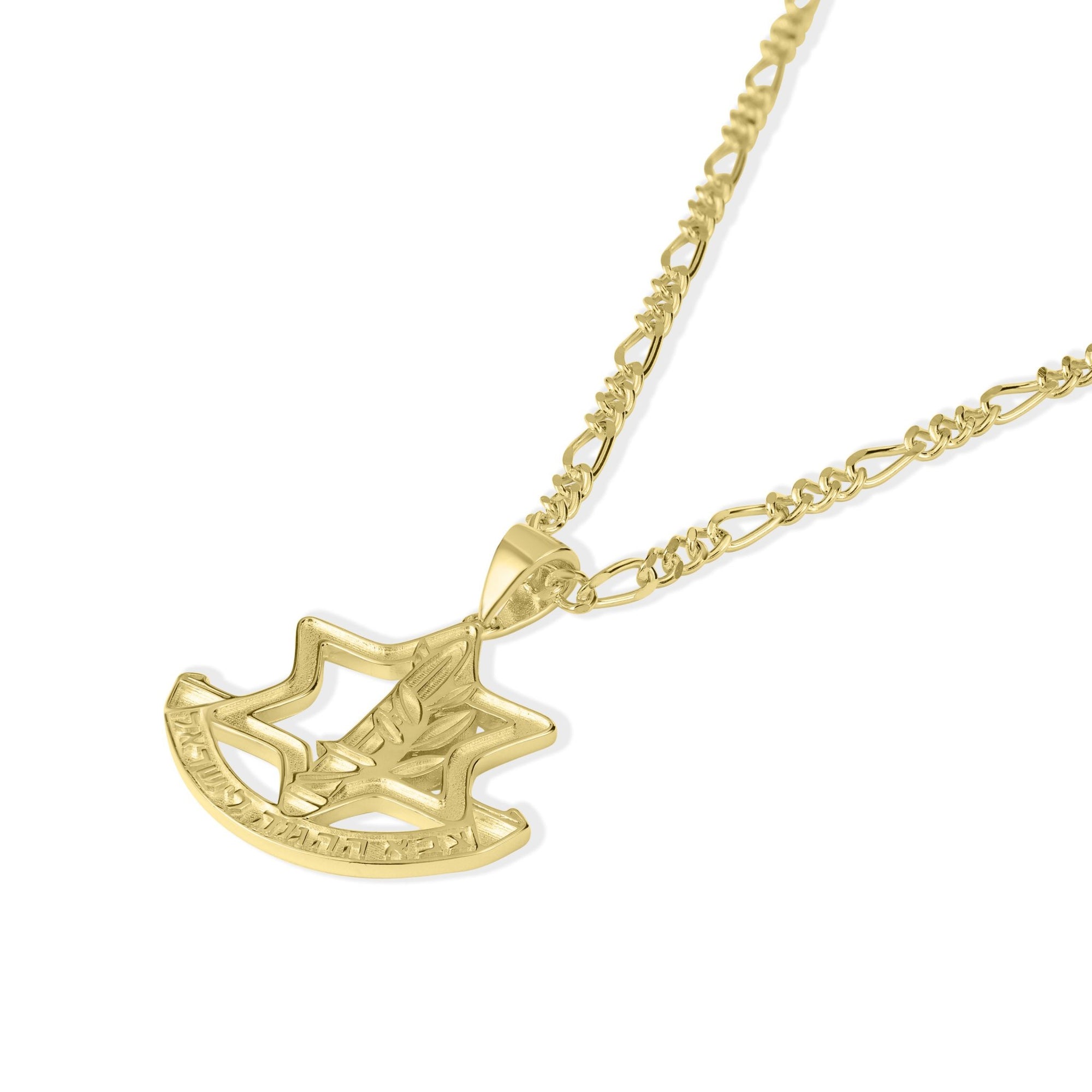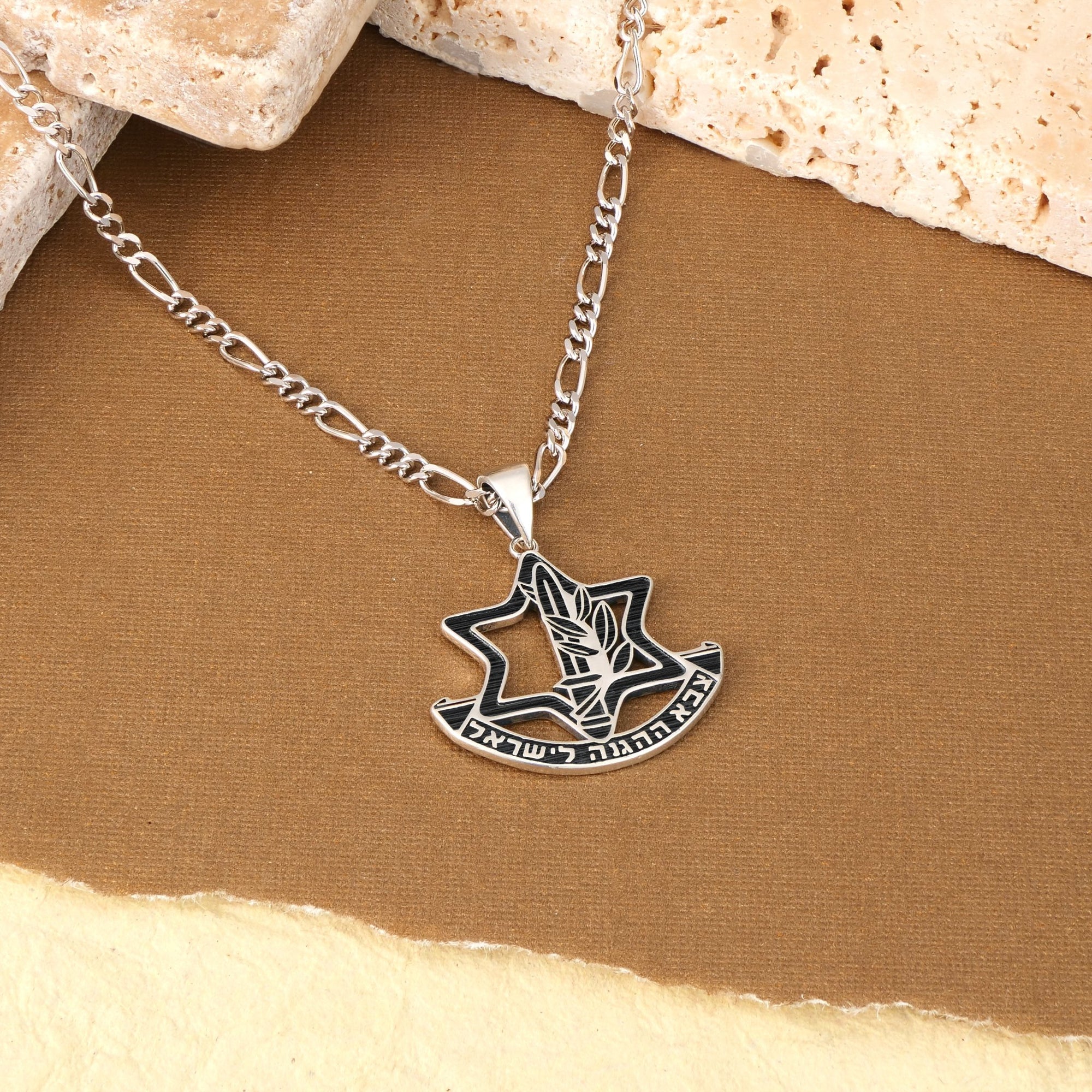A Journey Through Culture and Craft
Handmade jewelry from Israel is much more than mere adornment; it is a vibrant tapestry of the country's rich cultural, historical, and spiritual heritage. Rooted in ancient traditions, influenced by diverse cultures, and shaped by modern innovation, these jewelry pieces serve as wearable narratives that tell stories of faith, identity, and artistic expression. This article explores how Israeli culture intricately weaves into the design, symbolism, and craft of its handmade jewelry, revealing the profound connection between art and cultural legacy.
Cultural Roots and Symbolism in Israeli Handmade Jewelry

How does Israeli culture, history, and tradition influence the design, symbolism, and motifs of handmade jewelry?
Israeli culture, history, and tradition leave a profound mark on the design and symbolism of handmade jewelry. Artisans frequently incorporate sacred symbols such as the Star of David, Hamsa, and Chai, each resonating with spiritual beliefs about faith, protection, and vitality.
Historically, jewelry served as a reflection of religious and cultural narratives. Ancient motifs like the biblical Pomegranate, representing fertility and abundance, or the Tree of Life, symbolizing growth and divine connection, have been crafted into beautiful pieces that carry deep meaning.
Jewish communities across the region, including Sephardic, Ashkenazi, and Yemenite, each contributed unique styles and motifs. Sephardic jewelry often features elaborate filigree work and biblical inscriptions, while Yemenite artisans bring intricate silver craftsmanship rooted in Islamic traditions. These diverse influences blend to create a vibrant tapestry of cultural expression that is visible in Israeli jewelry.
Contemporary artisans excel at merging traditional symbols with modern fashion, often using local materials such as Jerusalem Stone, Eilat stones, and Roman glass to reflect Israel’s rich heritage.
What is the cultural and historical significance of Jewish and Israeli jewelry, including its religious symbolism and heritage?
Jewish and Israeli jewelry is more than adornment; it embodies a narrative of faith, resilience, and cultural identity. Symbols like the Star of David are powerful emblems of unity and divine protection, originating from ancient times and gaining widespread recognition in the 17th century.
The Hamsa—also known as the Hand of Fatima or Miriam—is believed to ward off evil and bring blessings, symbolizing divine protection across Jewish and Muslim communities. The Chai meaning “life,” is a popular motif representing vitality and good luck, often given as gifts in multiples of 18.
Jewelry pieces such as Mezuzah pendants serve as daily reminders of faith and the presence of divine protection. They often incorporate biblical verses, Hebrew inscriptions, and motifs from sacred texts, making each piece a spiritual message.
Within different Jewish communities, regional craftsmanship adds further layers of meaning. Sephardic jewelry may feature elaborate gold filigree and biblical symbols, while Ashkenazi pieces often include the Star of David and Hebrew blessings.
Jewelry items are treasured family heirlooms, symbolizing major life milestones like weddings and Bar/Bat Mitzvahs, and serve to keep heritage alive across generations.
Significance of specific motifs like Star of David, Hamsa, Chai, and biblical references
The Star of David is a universal emblem of Jewish identity, symbolizing divine protection and unity. Its mystical significance is rooted in Kabbalistic teachings, representing the harmony of divine forces.
The Hamsa, an ancient symbol adopted across Middle Eastern cultures, signifies protection and blessings. In Jewish tradition, it also symbolizes the hand of Miriam, a biblical figure associated with protection.
Chai symbolizes “life” in Hebrew, representing resilience, vitality, and good fortune. It is often worn as jewelry or given as a meaningful gift, especially during celebrations.
Biblical references like the Shema, the Priestly Blessing, and verses from Psalms are common inscriptions, expressing faith, hope, and divine connection.
These motifs are not mere decorations; they serve as spiritual talismans, cultural symbols, and expressions of personal faith.
Contributions from Sephardic, Ashkenazi, and Yemenite communities
Each Jewish community contributes uniquely to Israel’s jewelry heritage. Sephardic artisans are known for their elaborate filigree work and biblical motifs, often using gold and intricate craftsmanship to depict symbols of fertility and divine protection.
Ashkenazi jewelers, influenced by European traditions, favor geometric designs, the use of precious stones, and inscribed symbols from Hebrew scriptures. Their work emphasizes elegance and spiritual symbolism.
Yemenite artisans bring a distinctive style characterized by detailed silver filigree and colorful gemstones, reflecting Islamic art influences and regional motifs.
Collectively, these traditions demonstrate Israel’s rich, multicultural tapestry. Modern Israeli jewelers often blend these influences, creating contemporary statements that honor diverse heritages.
Meaning behind materials like gold, silver, and regional stones
Materials used in Israeli jewelry are chosen for their cultural, spiritual, and aesthetic significance. Gold signifies purity, eternity, and divine connection, often used in religious and ceremonial pieces.
Silver, abundant in Yemenite and Middle Eastern craftsmanship, symbolizes protection and clarity, especially in filigree jewelry.
Local stones like Jerusalem Stone evoke the land’s sacred heritage and are believed to carry spiritual energy. Eilat stones, with their vibrant blue-green hues, symbolize the nearby Red Sea and are associated with healing and vitality.
Roman glass and ancient artifacts inspire modern designs, connecting contemporary jewelry with Israel’s ancient history. These materials enrich each piece, providing layers of cultural symbolism and authenticity.
| Aspect | Description | Cultural Significance |
|---|---|---|
| Symbols | Star of David, Hamsa, Chai, Pomegranate, Tree of Life | Faith, protection, prosperity |
| Materials | Gold, Silver, Jerusalem Stone, Eilat stones | Purity, divine connection, land’s heritage |
| Techniques | Filigree, traditional inscriptions, handmade craftsmanship | Heritage preservation, artistry |
| Regional Influence | Yemenite, Sephardic, Ashkenazi | Cultural diversity, unique styles |
This rich interplay of symbolism, heritage, and craftsmanship makes Israeli handmade jewelry not just adornment, but a vibrant expression of cultural identity and spiritual belief.
Craftsmanship, Techniques, and Materials: The Art of Israeli Jewelry Making

What artistic and craft techniques are characteristic of Israeli handmade jewelry, and who are some prominent Israeli jewelry designers?
Israeli handmade jewelry showcases a mastery of various traditional and contemporary artisanal techniques. Distinguished techniques include filigree lacework, where delicate threads of gold or silver are intricately twisted and shaped; granulation, which involves applying tiny metal beads to form detailed patterns; enamel work, using colorful glass fused onto metal surfaces; and stone inlay, where gemstones are carefully embedded into the jewelry. These methods are deeply rooted in Middle Eastern and Jewish craftsmanship traditions, passed down through generations. Learn more about these cultural inspiration of earrings made in Israel and traditional and modern Israeli jewelry.
Prominent Israeli jewelry designers known for their skillful craftsmanship and innovative designs include Dori Csengeri, Yaniv Fine Jewelry, Rafael, Marina Meiri, and Shoham Yemenite Art. These artisans creatively blend age-old techniques with fresh, modern aesthetics. Their work often reflects Israel’s landscape, religious symbolism, and cultural stories, resulting in jewelry that is both meaningful and visually striking. Discover more about Israel's famous jewelry designers and Israeli handmade jewelry.
How do craftsmanship, materials, and artisanal techniques characterize Israeli jewelry making?
The craftsmanship behind Israeli jewelry is anchored in a rich history that spans thousands of years. Artisans employ meticulous techniques like hand engraving, filigree, and metal shaping, which preserve ancient methods while embracing contemporary expression. The use of high-quality materials such as gold, sterling silver, and semi-precious stones ensures durability and beauty. Explore detailed Jewish jewelry symbols and traditional Jewish jewelry.
Iconic local materials include Eilat stone, with its vibrant turquoise hues, Jerusalem Stone that evokes the Holy City’s spirit, and Roman glass, which adds a unique, antiqued charm to many pieces. Alongside these, diamonds, rubies, and sapphires are chosen for their brilliance and significance. These materials and craftsmanship form the core of authentic Israel-made jewelry and Made in Israel Jewelry.
Israeli jewelry embodies a seamless interplay between the old and the new—honoring traditional craftsmanship while integrating modern techniques like laser cutting and innovative inlay styles. This synthesis results in culturally rich yet contemporary jewelry, supporting local artisans and maintaining Israel’s reputation as a hub for exquisite jewelry art. Read more about the multicultural influences on Israeli jewellery and Jewish jewelry from Israel.
| Aspect | Description | Prominent examples or elements |
|---|---|---|
| Artistic techniques | Filigree, granulation, enameling, stone inlay | Dori Csengeri, Shoham Yemenite Art |
| Materials used | Gold, silver, Eilat stone, Jerusalem Stone, Roman glass | Local stones, precious metals |
| Designers | Traditional artisans and modern innovators | Yaniv Fine Jewelry, Marina Meiri |
| Cultural influence | Ancient Jewish and Middle Eastern traditions blended with modern trends | Religious symbols, biblical inscriptions |
Israeli jewelry continues to thrive as a vibrant form of art, deeply connected to cultural identity and spiritual symbolism, masterfully crafted using a blend of traditional techniques and innovative practices. See also Authentic Israeli Designs and How Israeli women jewelers are redefining tradition.
Regional and Multicultural Influences Shaping Israeli Jewelry Artistry

What regional and cultural motifs are commonly embedded in Israeli jewelry pieces, such as those referring to Galilee, biblical, or Middle Eastern themes?
Israeli jewelry often showcases a rich tapestry of regional and cultural motifs that echo the country’s complex history and diverse societies. Designs are heavily inspired by ancient civilizations such as the Canaanites, Egyptians, and Romans, incorporating their techniques and motifs. Biblical themes like the Tree of Life, and symbols such as the Star of David are prevalent, representing spiritual heritage.
Jewelry from Israel frequently features motifs inspired by the landscapes of Galilee, Jerusalem, and other holy sites, including the Western Wall and biblical scenes. Middle Eastern influences are evident in intricate filigree work, geometric patterns, and symbols like the Hamsa hand, which signifies protection and blessings. Hebrew calligraphy and biblical inscriptions add a layer of spiritual and cultural connection.
Contemporary pieces blend these traditional elements with abstract motifs, natural inspirations, and symbols of conflict and resilience. This fusion creates a distinctive aesthetic that honors both the ancient past and modern storytelling, as explored in Jewellery in Israel – multicultural influences on design.
How do social, cultural, and artistic factors influence the style and development of Israeli jewelry?
Israel’s jewelry is a mirror of its social, cultural, and artistic evolution. The movement began with influences from Christian pilgrims, Islamic artisans, and Jewish immigrants. The Bauhaus influence, brought by German Jewish immigrants, introduced simplicity and modernist aesthetics. Meanwhile, Yemeni immigrants contributed Islamic and Middle Eastern traditional techniques, such as detailed filigree and vibrant stones.
Throughout the decades, Israeli artists and designers blended these influences into innovative styles. The Bezalel School of Arts and Crafts played a pivotal role in developing a Hebrew style, emphasizing motifs from Jewish heritage, biblical stories, and local landscapes.
Contemporary Israeli jewelry continues to reflect societal themes, including political tensions, war, and resilience. Many designers incorporate sustainable practices and personal storytelling, weaving social commentary into their craft.
This interplay of traditions and modernity results in jewelry that not only beautifies but also embodies the nation’s multifaceted identity and history, as can be seen in Israeli women jewelers redefining tradition.
| Themes and Influences | Examples of Motifs and Styles | Cultural Significance |
|---|---|---|
| Ancient Civilizations | Canaanite, Egyptian, Roman motifs | Preservation of heritage |
| Religious Symbols | Star of David, Hamsa, Tree of Life | Faith and spiritual protection |
| Biblical and Regional | Jerusalem scenes, biblical inscriptions | Connection to land and history |
| Modern and Abstract | Geometric designs, natural elements | Innovation and storytelling |
| Political and Social | Conflict symbols, resilient motifs | Reflection of national identity |
This rich blend of influences has shaped Israeli jewelry into a vibrant and meaningful art form, connecting past and present, tradition and innovation. For more in-depth insight, see Jewelry in Israel – an interesting journey through multicultural influences.
Tradition Meets Innovation: Evolving Trends in Israeli Handmade Jewelry
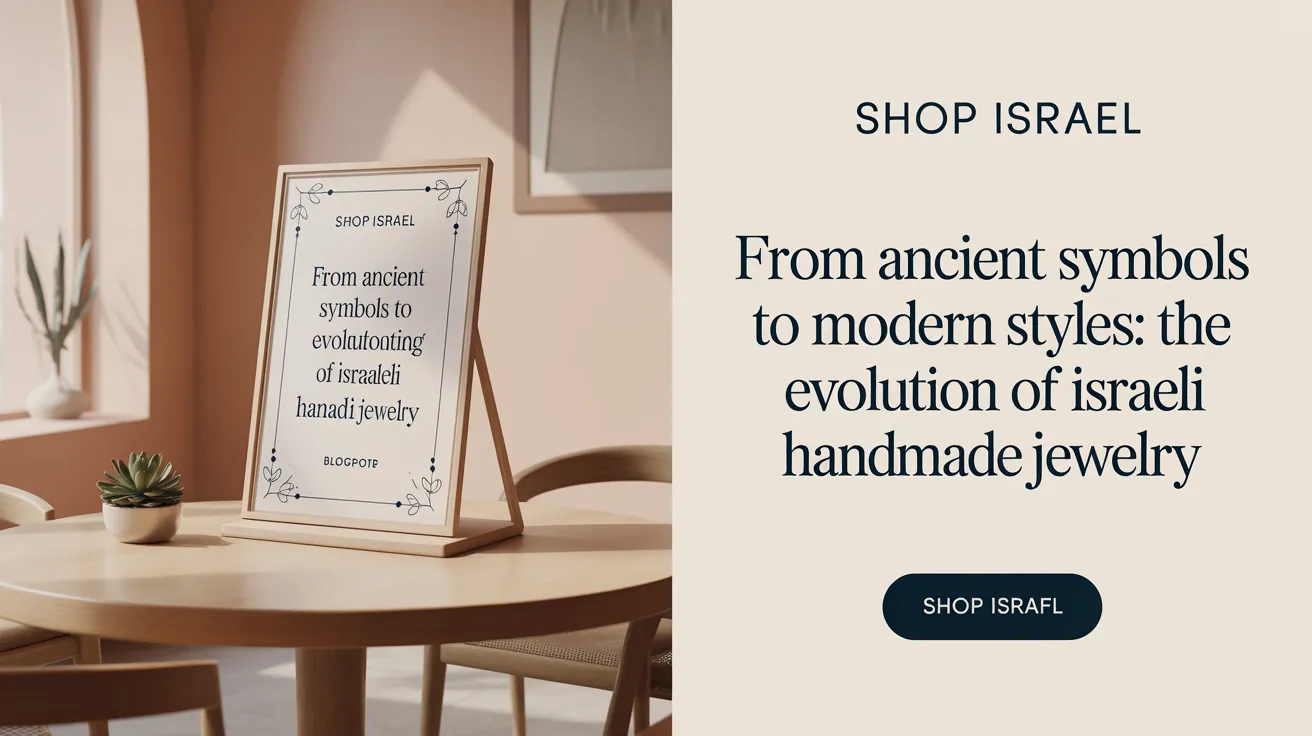
How have traditional and contemporary trends in Israeli jewelry evolved, and what are their origins?
Israeli jewelry has a rich history rooted in ancient Middle Eastern and Jewish craftsmanship. Traditional pieces often featured religious symbols like the Star of David, Hamsa, and biblical motifs, crafted by artisans using techniques passed down through generations. These artifacts served both spiritual and cultural purposes, embodying identity, protection, and heritage.
Over time, Israeli jewelry embraced modern influences, leading to a vibrant blend of old and new. In the mid-20th century, immigrant artisans from Yemen and Europe introduced Islamic and Bauhaus styles, respectively. This fusion led to innovative designs, combining geometric patterns, abstract representations of nature, and religious symbolism.
The 1970s and 1980s saw the rise of the 'New Jewelry' movement, characterized by social commentary and experimental use of materials like plexiglas, steel mesh, and recycled objects. Designers sought to reflect their social realities, including themes of conflict, peace, and identity.
Today, women-led brands and artisans focus on sustainable practices, incorporating ethically sourced stones and environmentally friendly materials. They craft jewelry that is personal, meaningful, and expressive of individual stories, often combining biblical and cultural symbols with contemporary aesthetics (How Israeli Women Jewelers Are Redefining Tradition).
This ongoing evolution underscores a dialogue between tradition and innovation. Israeli jewelry remains deeply rooted in its spiritual and cultural heritage while continuously embracing contemporary design trends, reflecting Israel’s dynamic, multicultural society (Jewellery in Israel: An Interesting Journey Through Multicultural Influences on Design).
Handmade Jewelry as a Living Expression of Israeli and Jewish Identity
Jewelry in Israel plays a vital role in expressing cultural identity and heritage, especially within the Jewish community. Handmade Israeli pieces are more than adornments; they are symbols of faith, history, and tradition that connect wearers to their roots. Artisans incorporate traditional motifs such as the Star of David, Hamsa, Chai, and Mezuzah, each carrying deep spiritual and cultural meanings. These symbols often serve as talismans for protection, life, and divine connection.
Many pieces of jewelry tell personal stories—engraved names, family lineage, or biblical verses—that foster a sense of community and continuity across generations. Used during religious ceremonies, life events like Bar and Bat Mitzvahs, weddings, and holidays, jewelry helps reinforce identity and community bonds. See Israeli jewelry for Bar and Bat Mitzvahs for more.
Understanding the background and stories behind these creations offers a window into Israel’s diverse cultural fabric. Traditional techniques like filigree and metalwork have been passed down through generations, while modern designers blend old and new influences. This fusion enriches Israeli jewelry, making each piece a meaningful cultural artifact that reflects resilience, pride, and ongoing heritage. For an overview of multicultural and historical influences, see Jewellery in Israel and multicultural diversity and Jewellery in Israel: An Interesting Journey Through Multicultural Influences on Design.
Overall, handmade jewelry not only adorns but also embodies the spirit of the Israeli people and the enduring strength of Jewish traditions. It serves as a tangible link to faith, history, and community, making it a precious expression of cultural pride in Israel. Learn more about Handmade Israeli Jewelry and Authentic Israeli Designs and Jewelry Made in Israel.
Crafted Narratives: Jewelry as Israel’s Cultural Voice
Handmade jewelry from Israel stands as a living testament to the country's complex history, diverse cultures, and spiritual richness. Through the masterful blending of traditional symbols, ancient techniques, and contemporary innovation, Israeli artisans create pieces that are not only exquisite adornments but also profound narratives of identity and faith. These jewelry items encapsulate stories of heritage, community, and resilience, serving as cultural artifacts that preserve and celebrate Israel’s unique legacy. As artistry and tradition continue to intertwine, Israeli handmade jewelry remains a vital medium of cultural expression, connecting past and present with timeless elegance.
